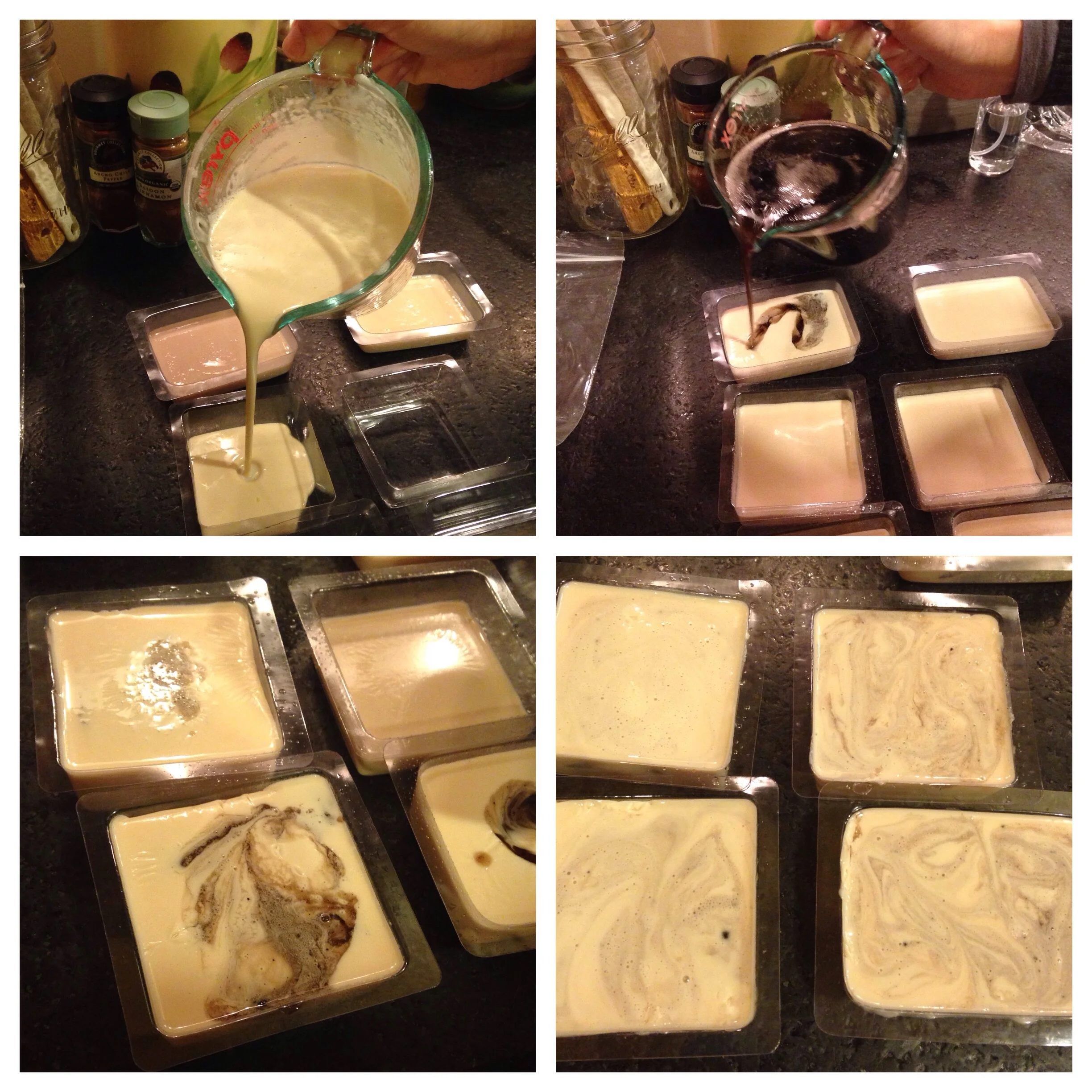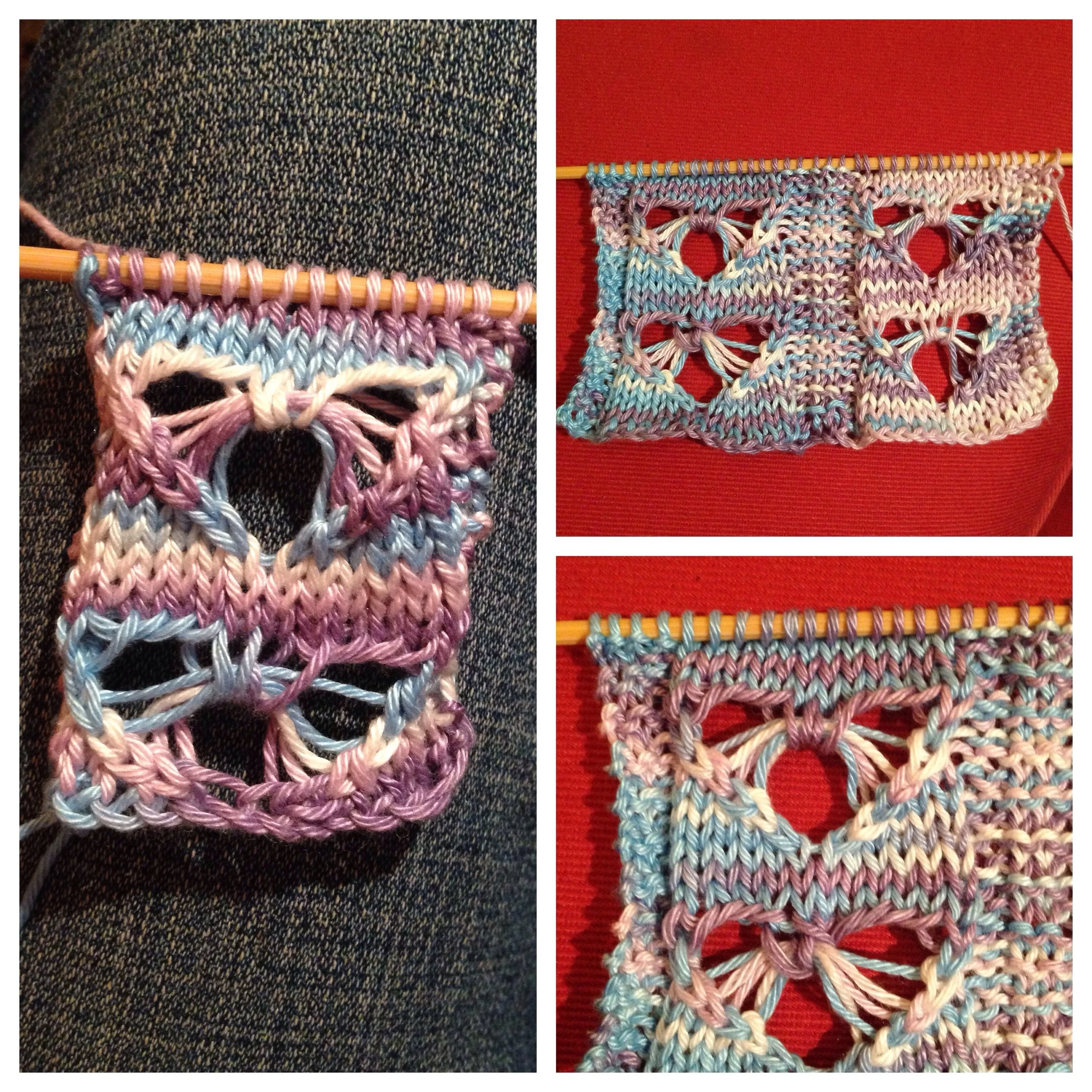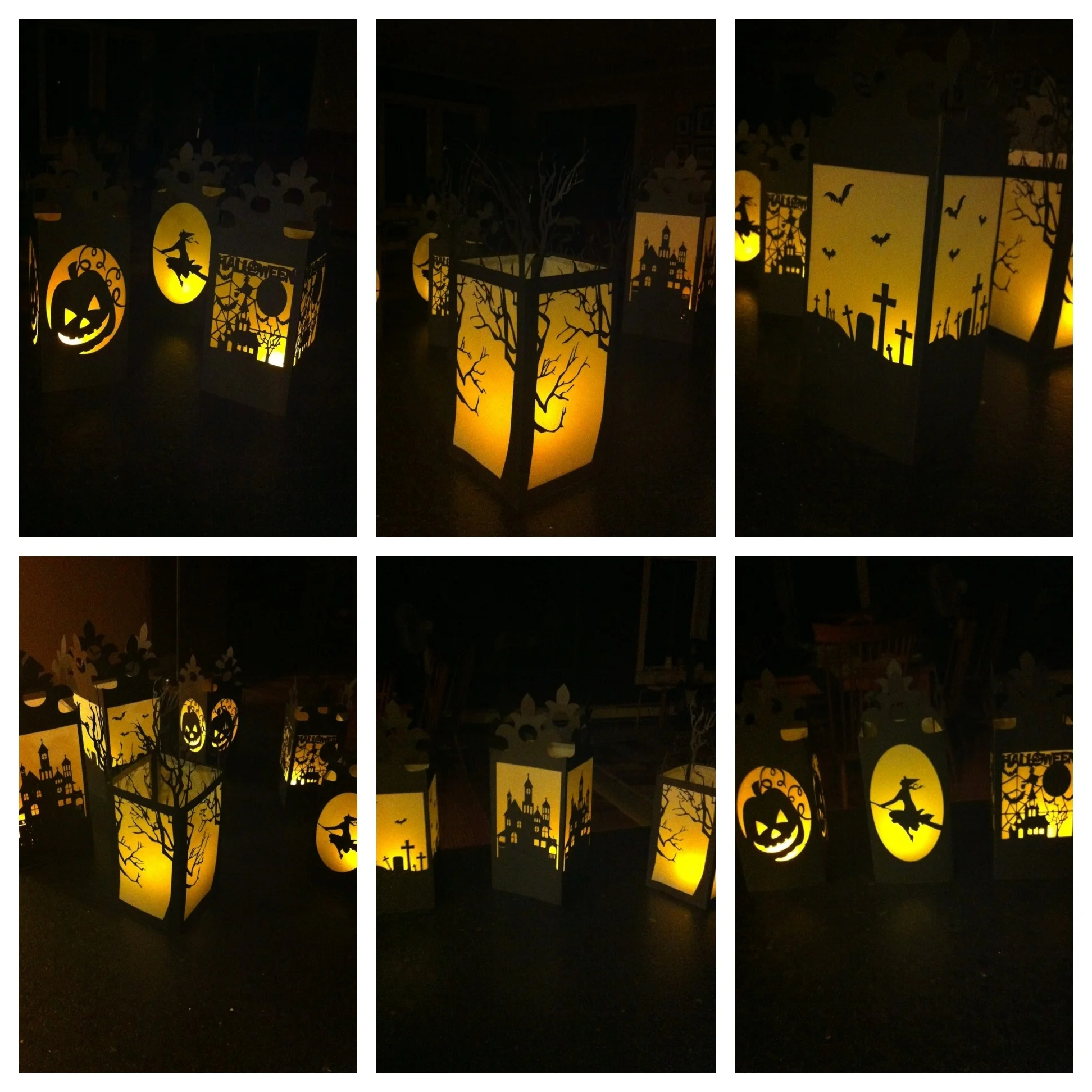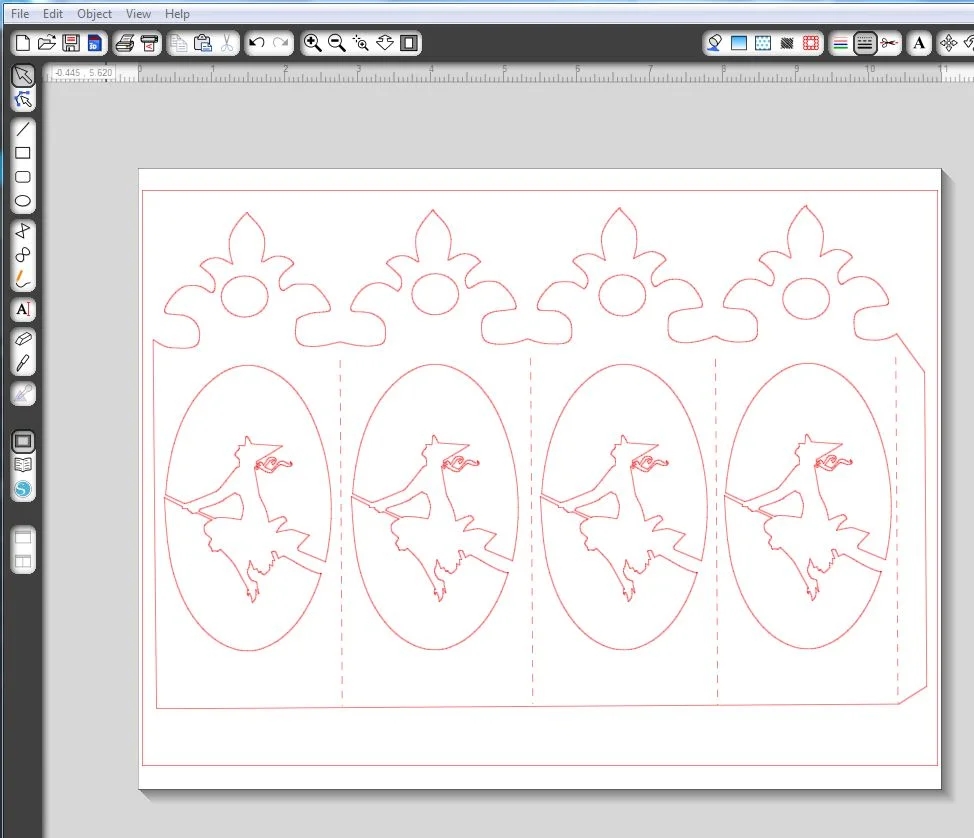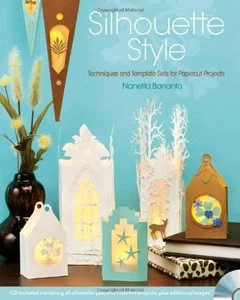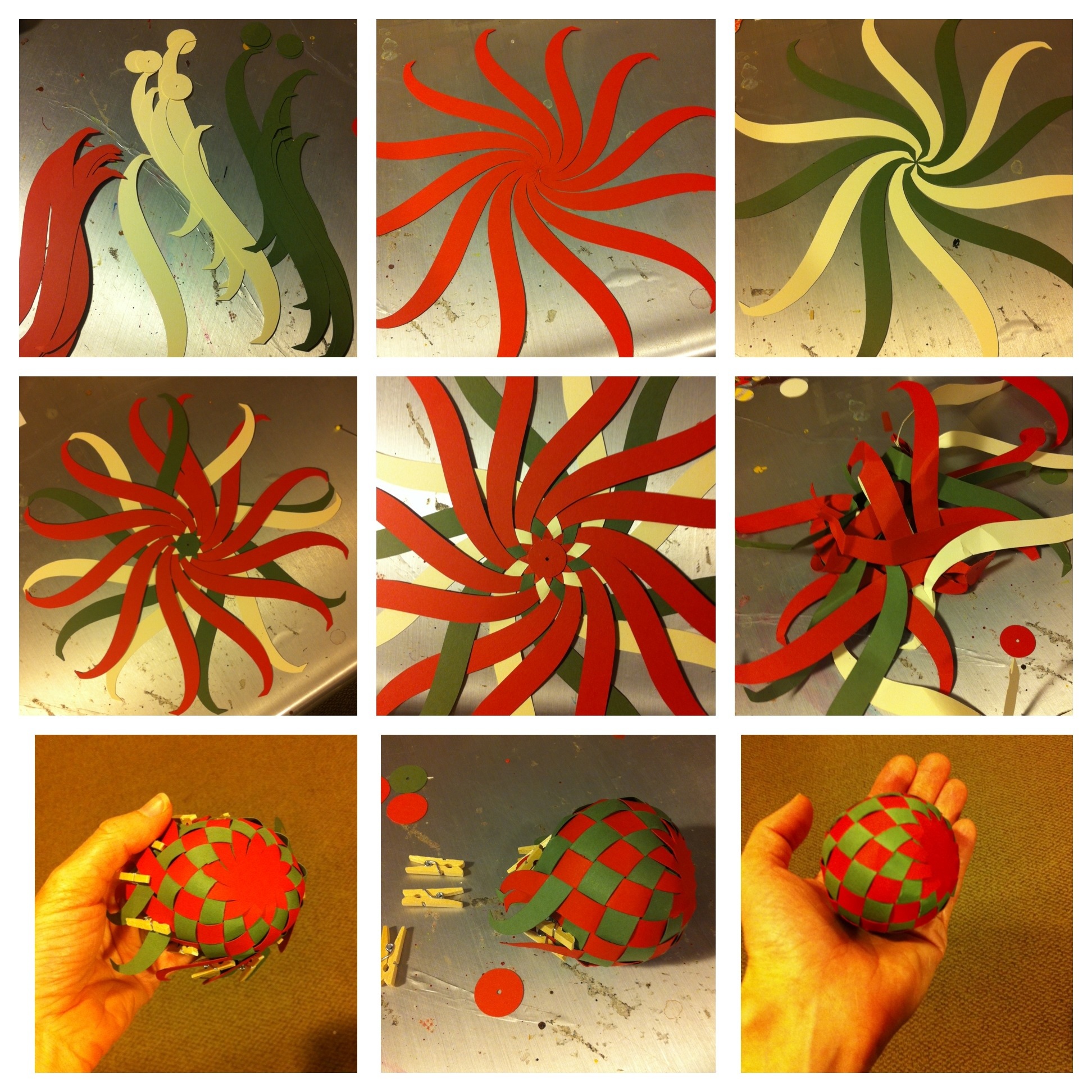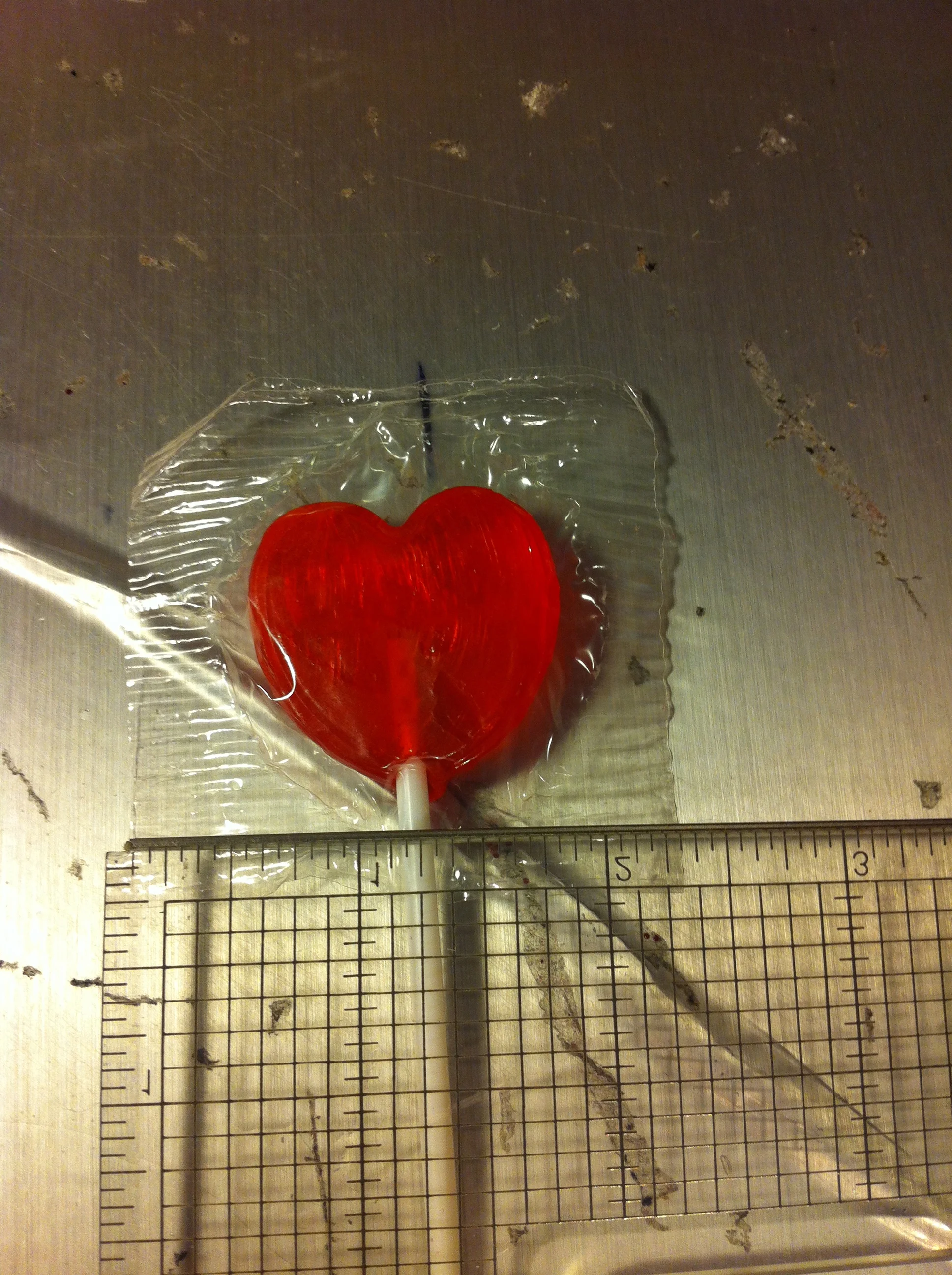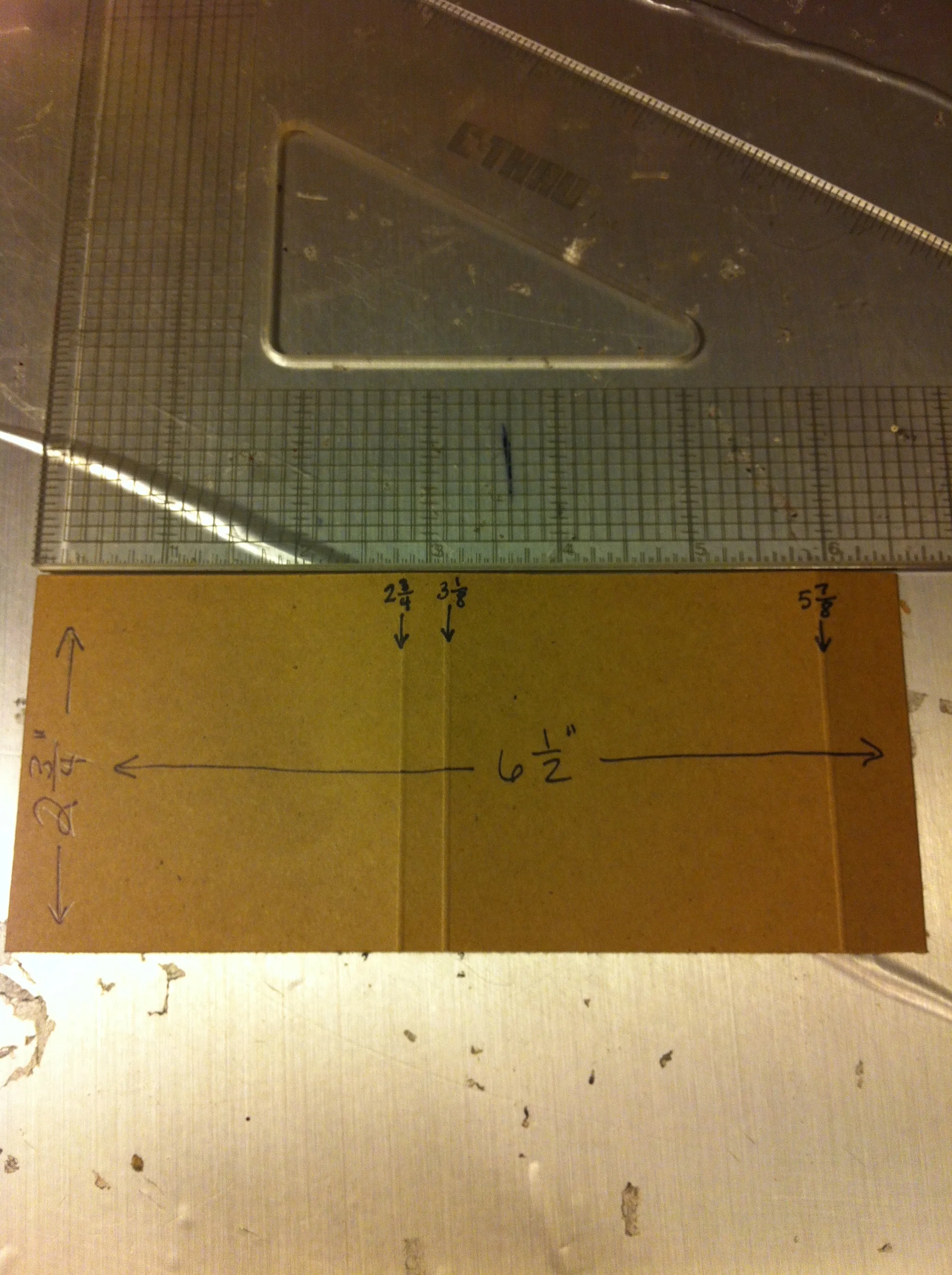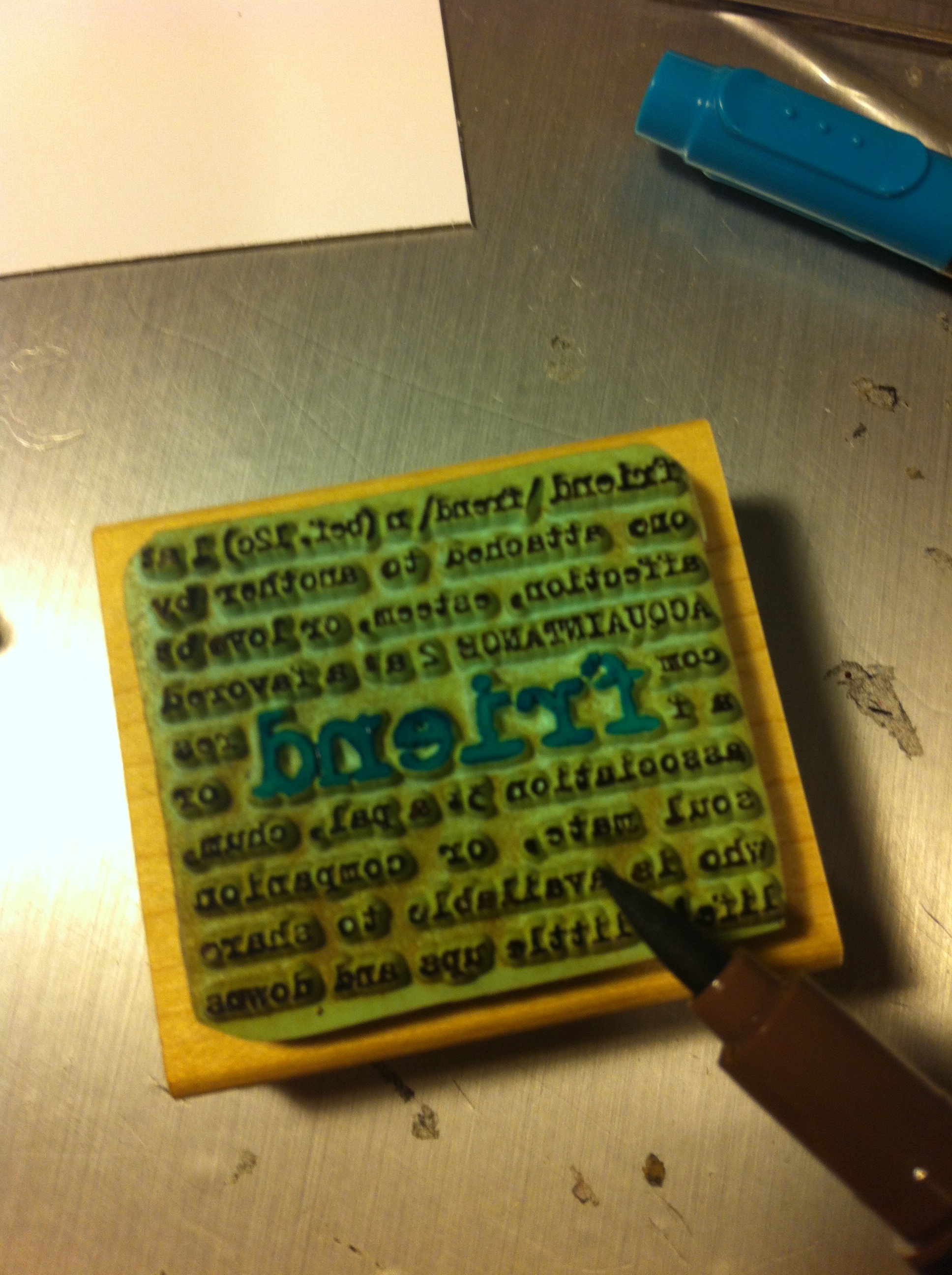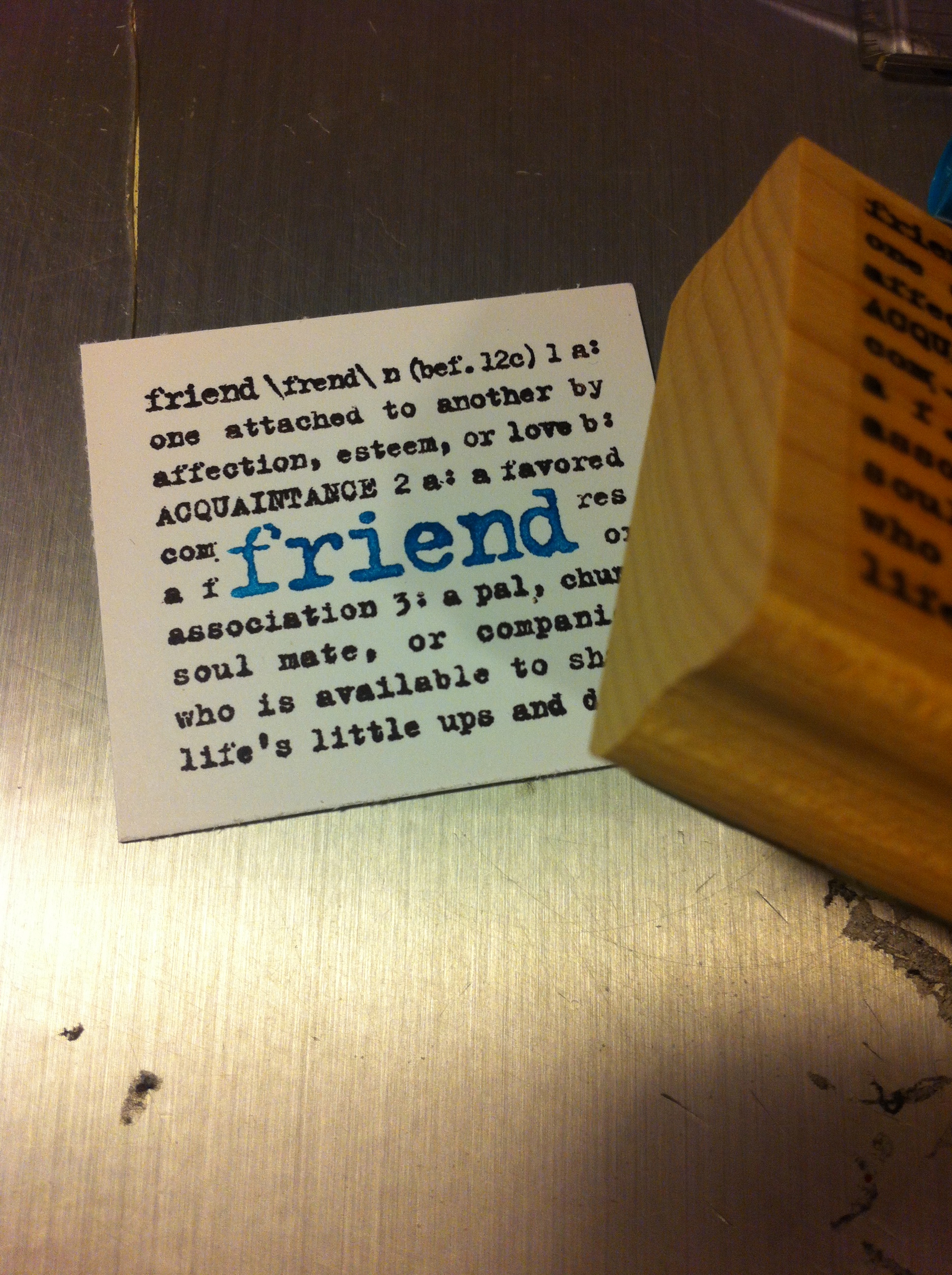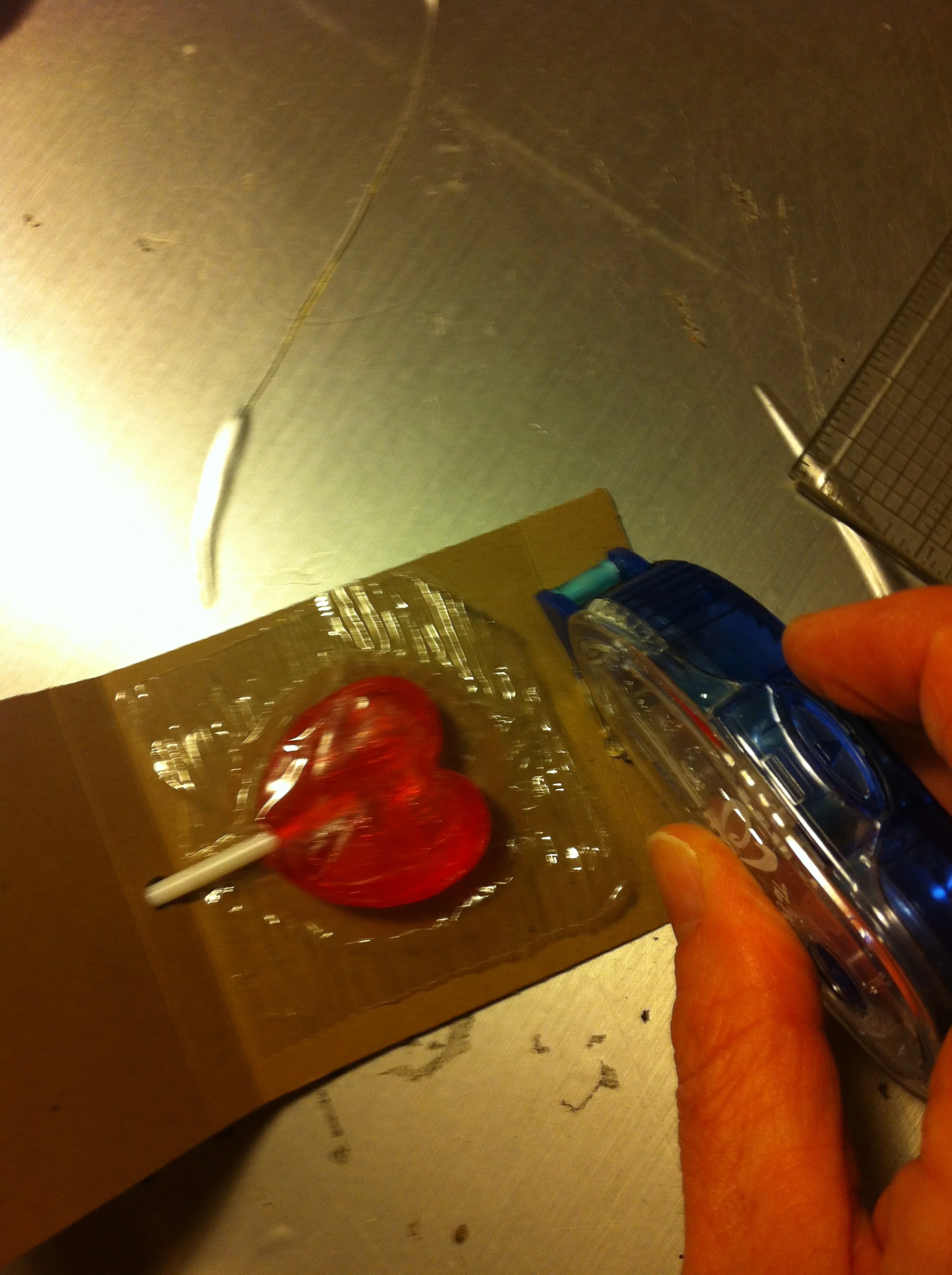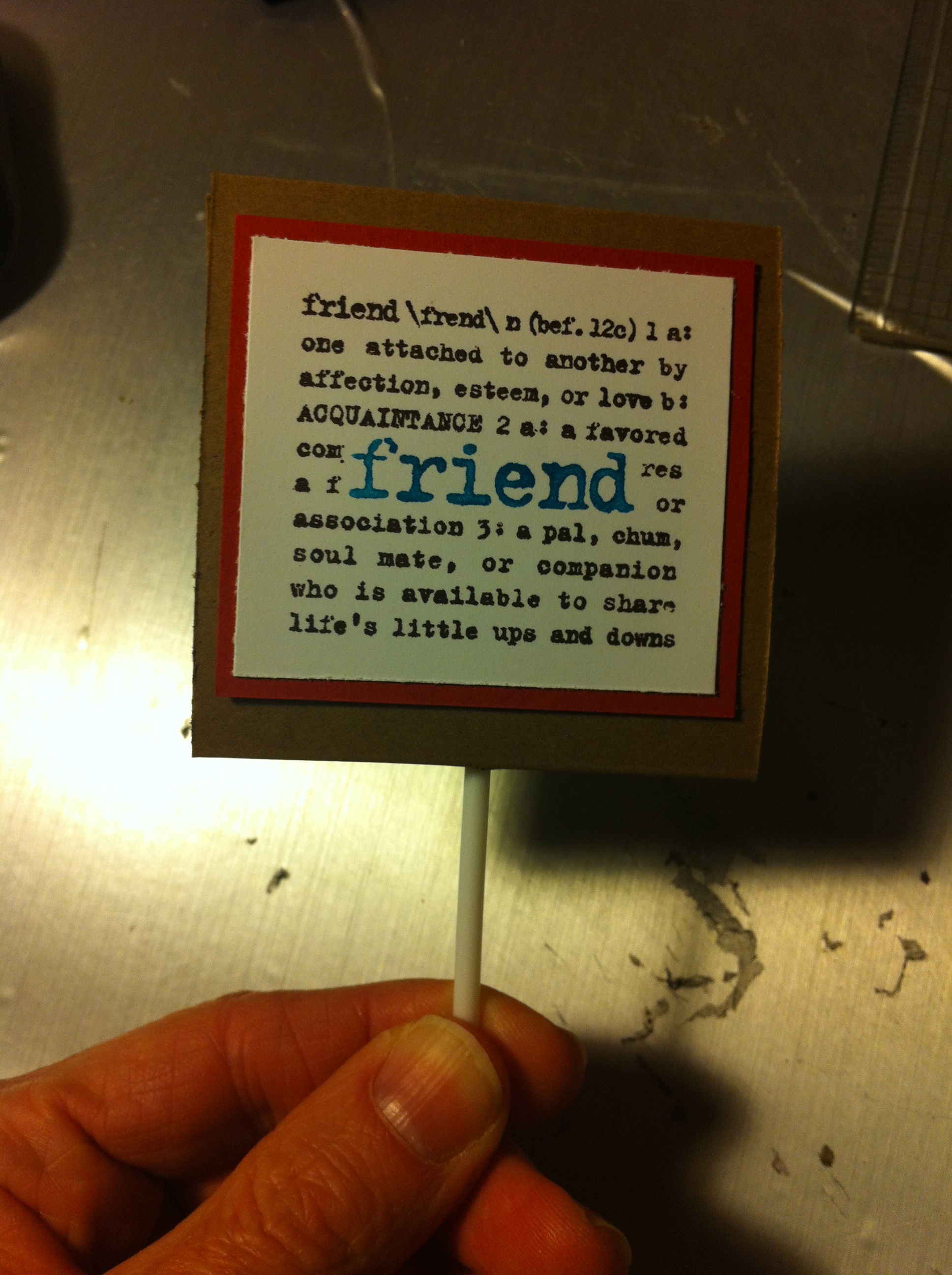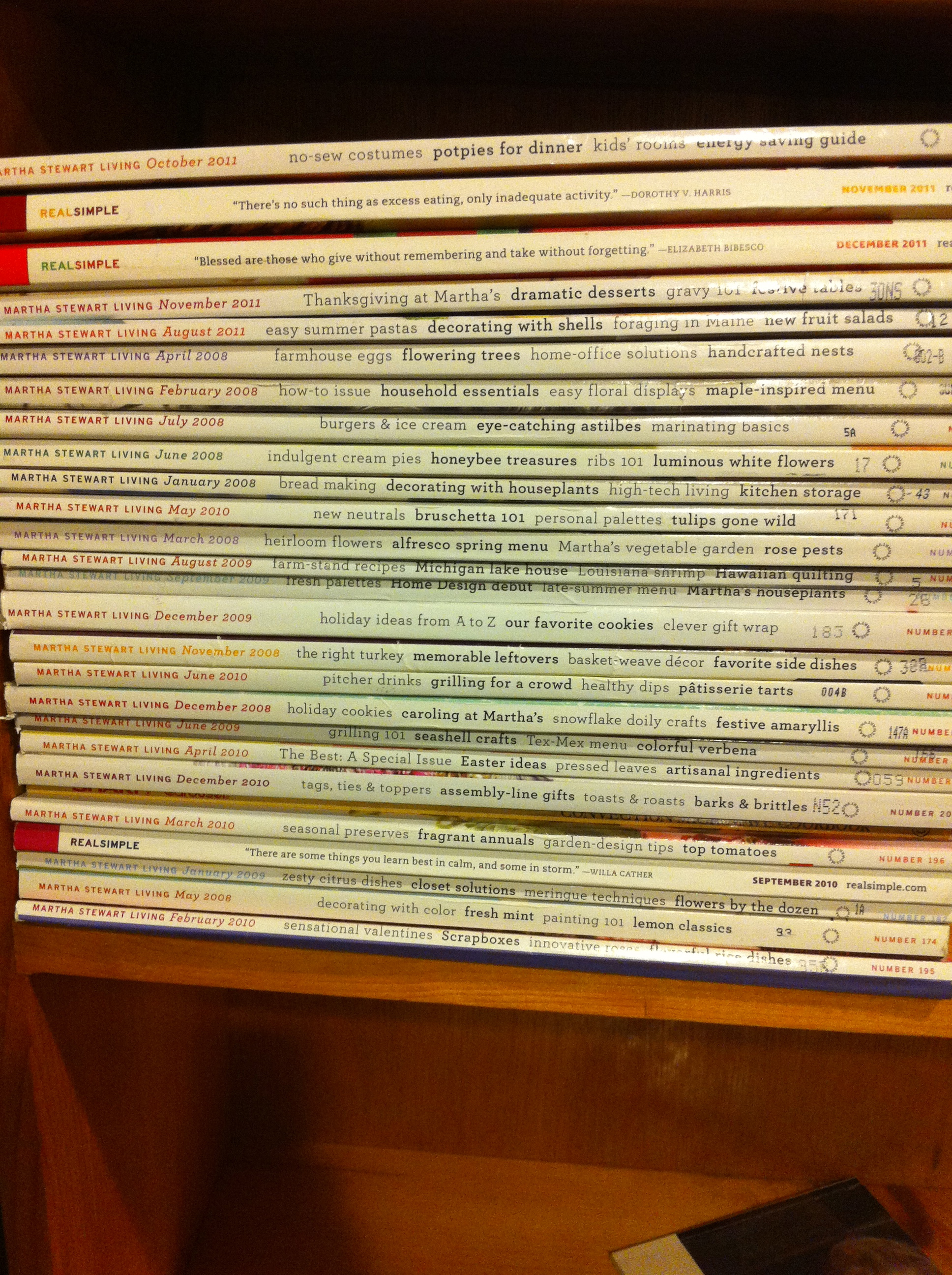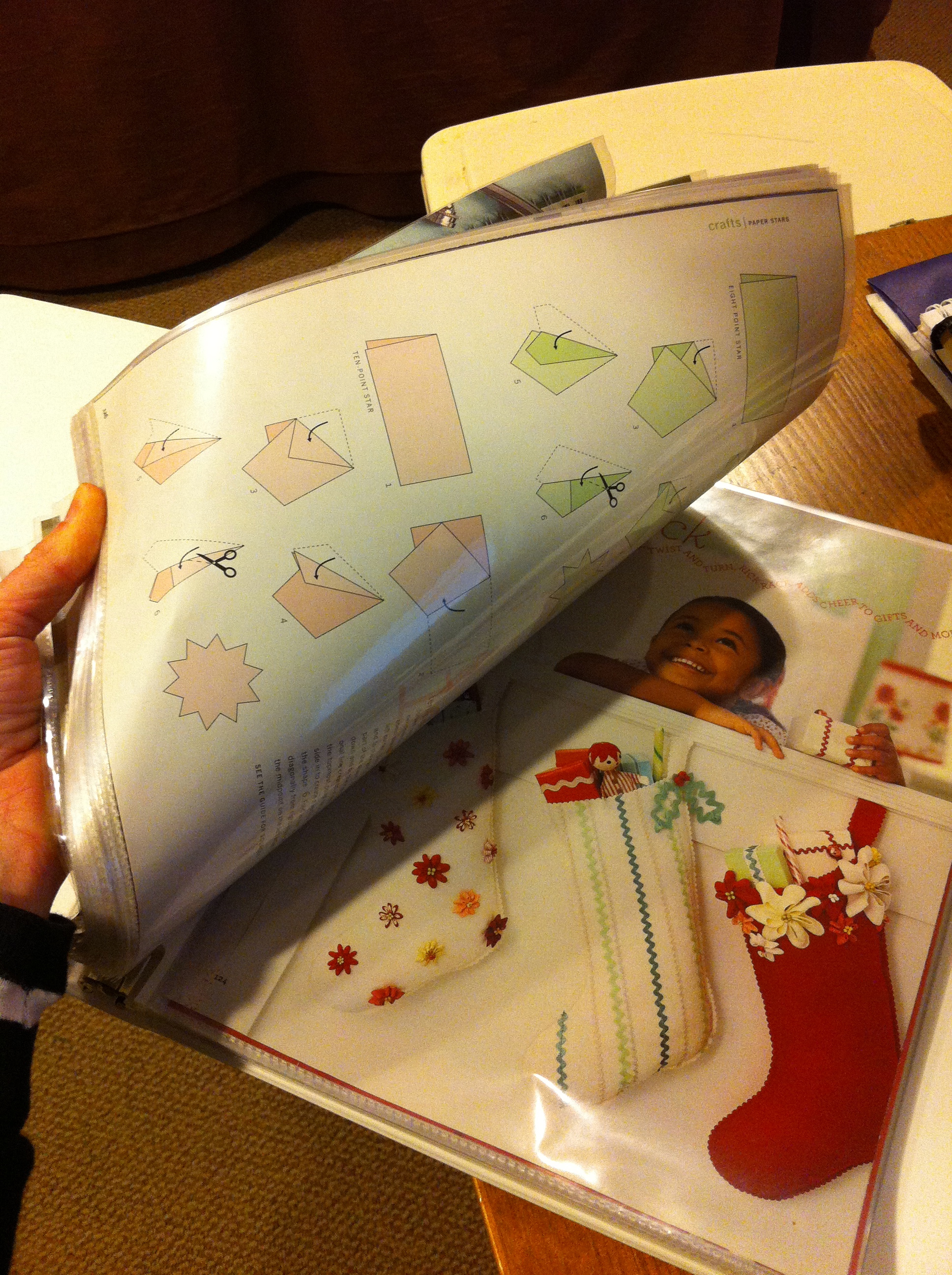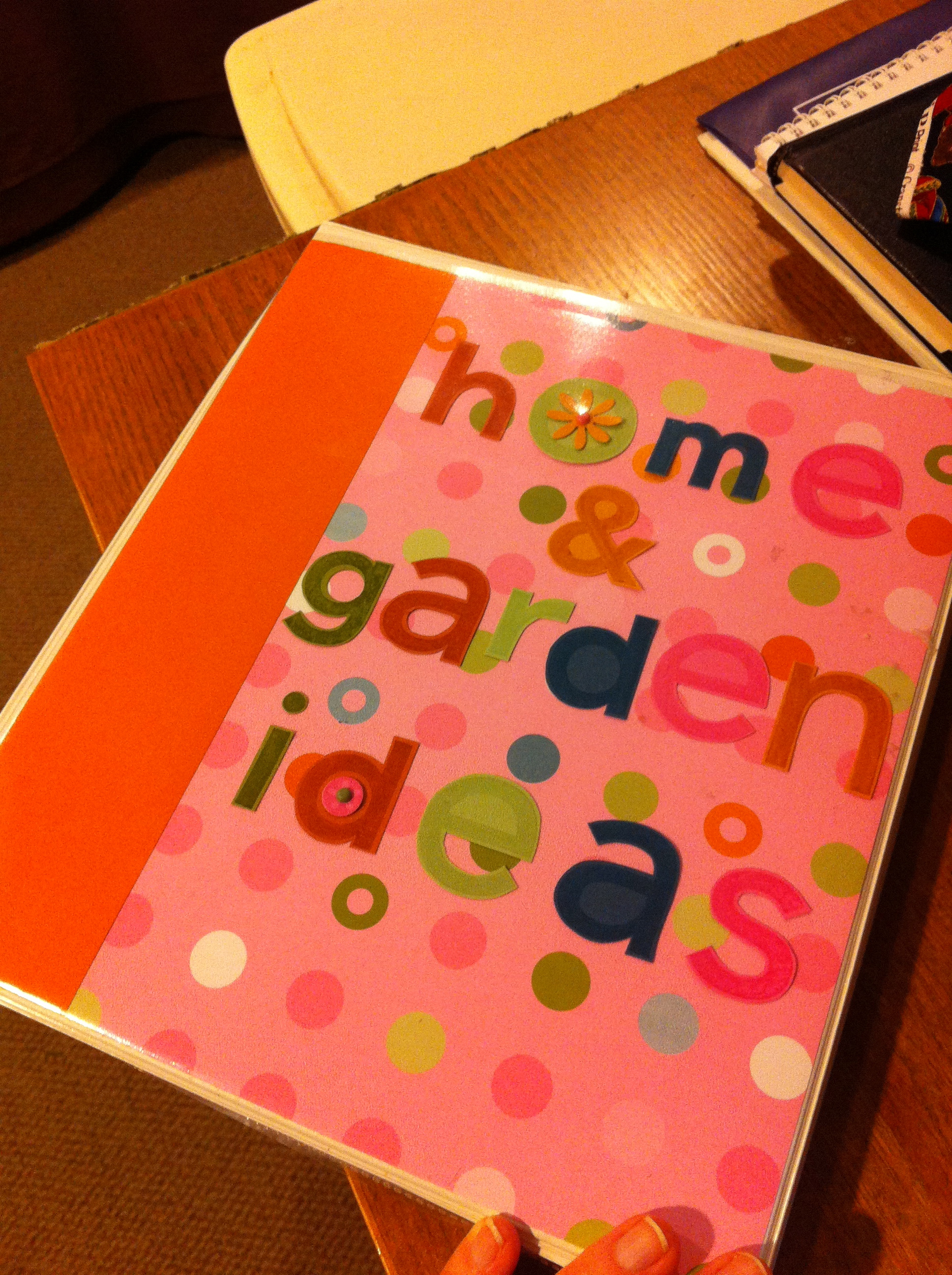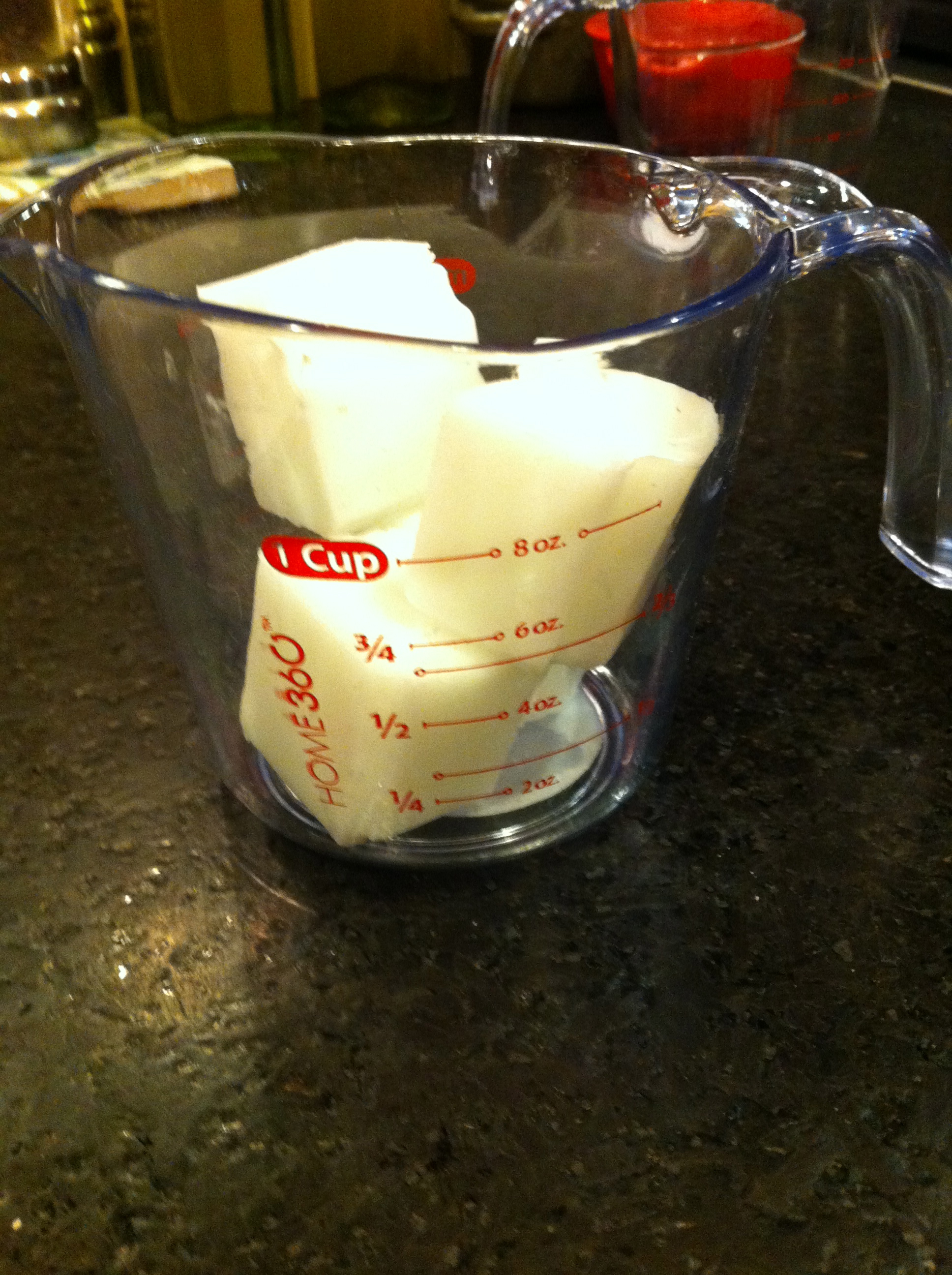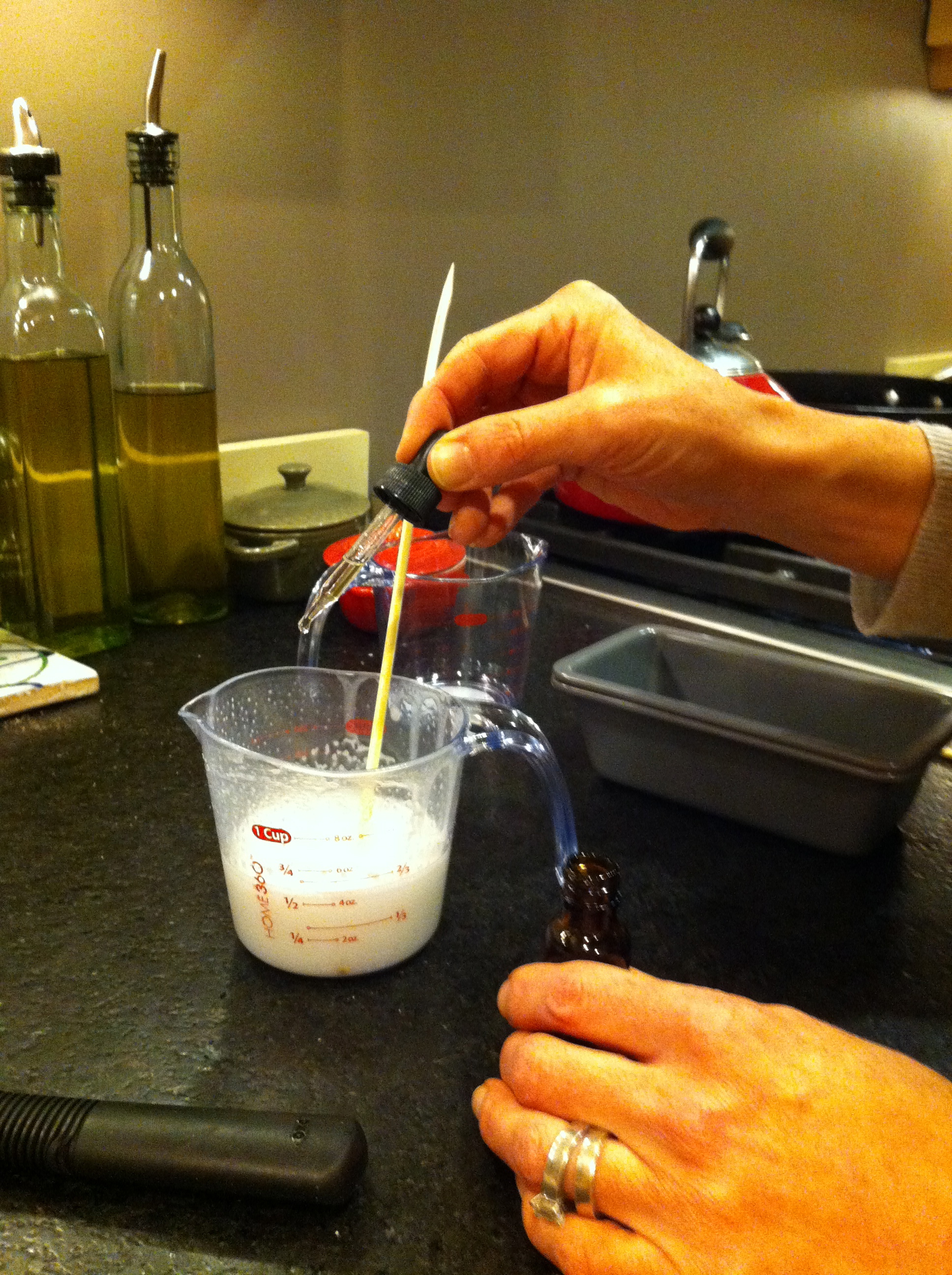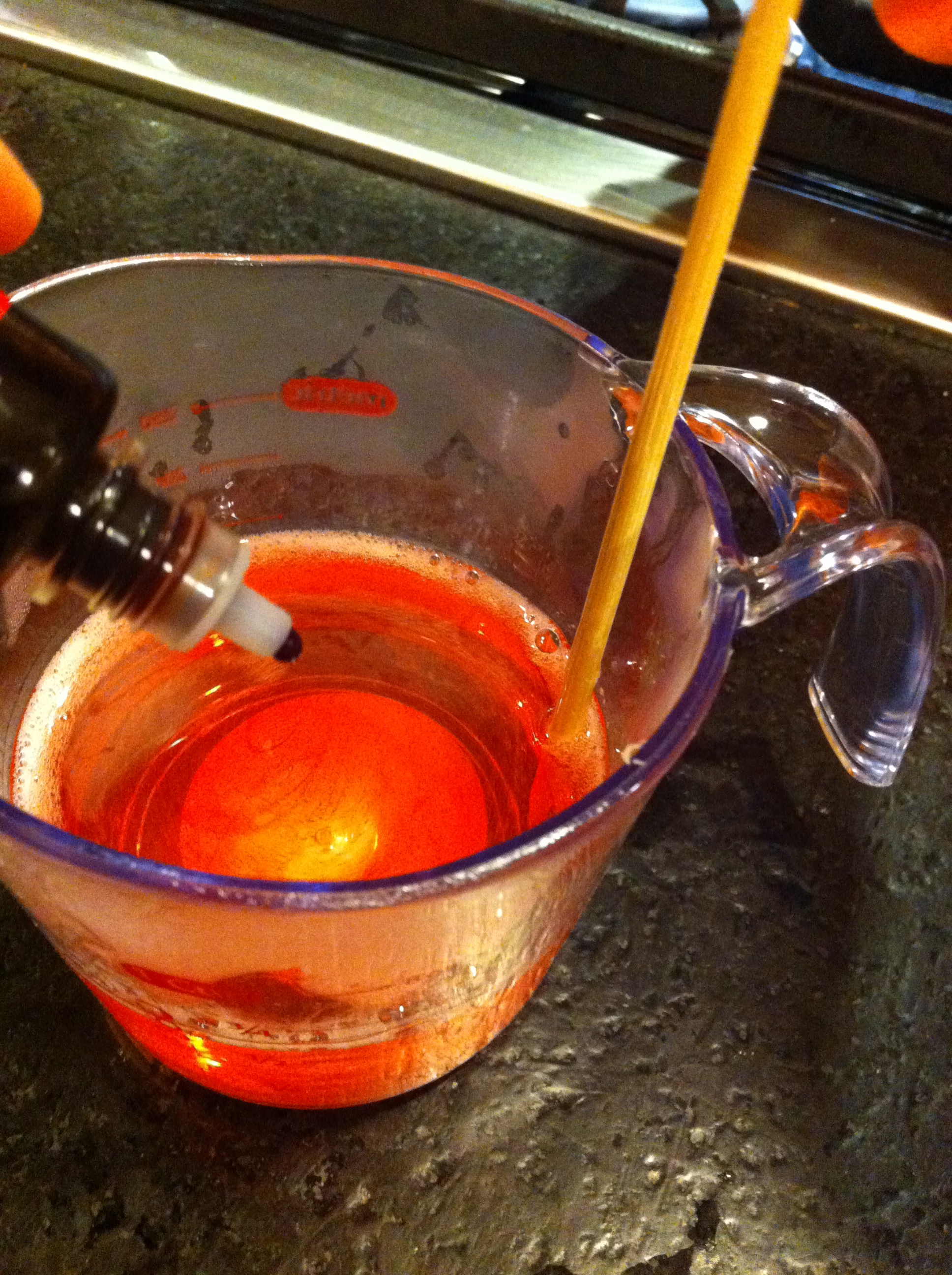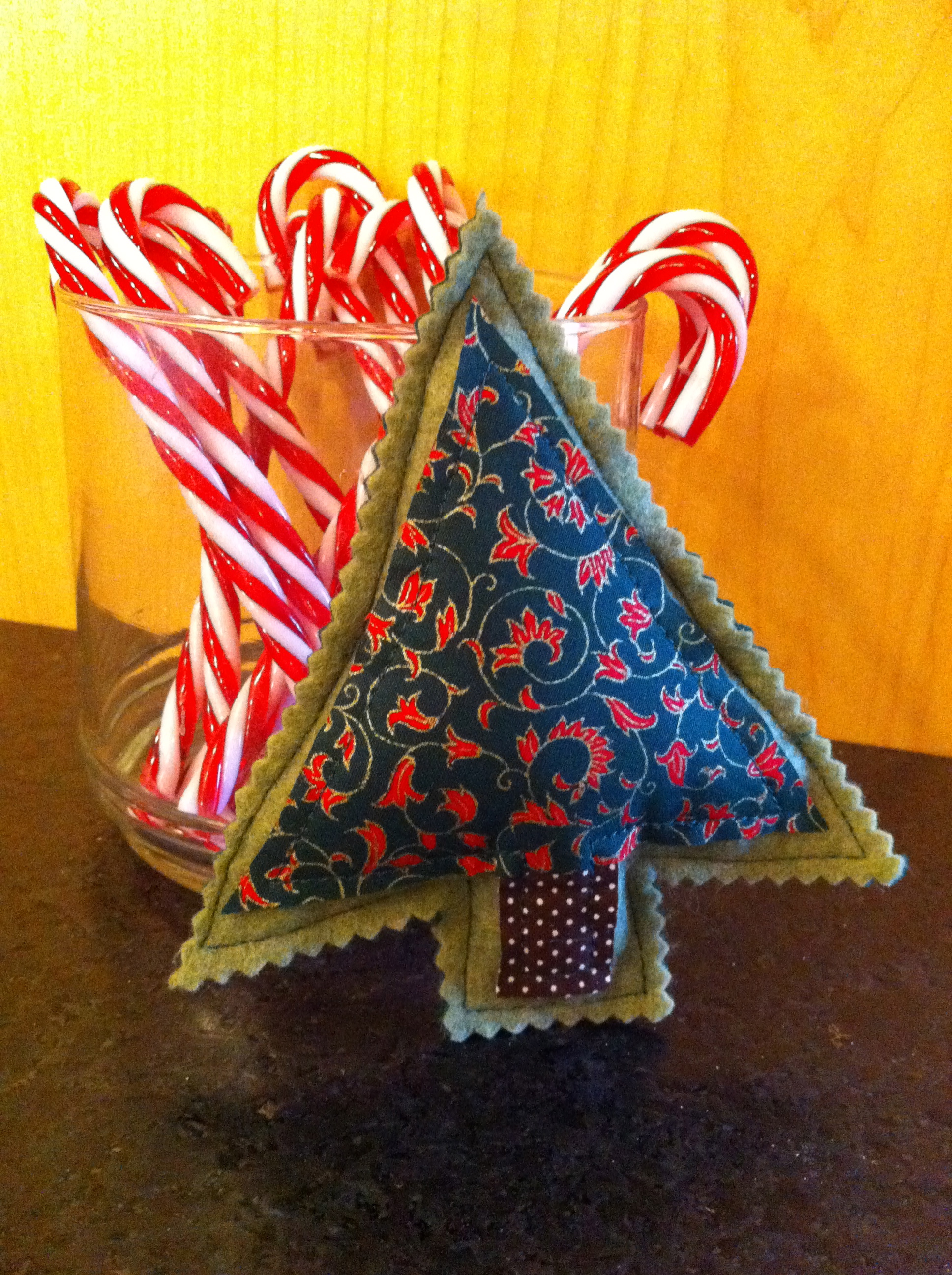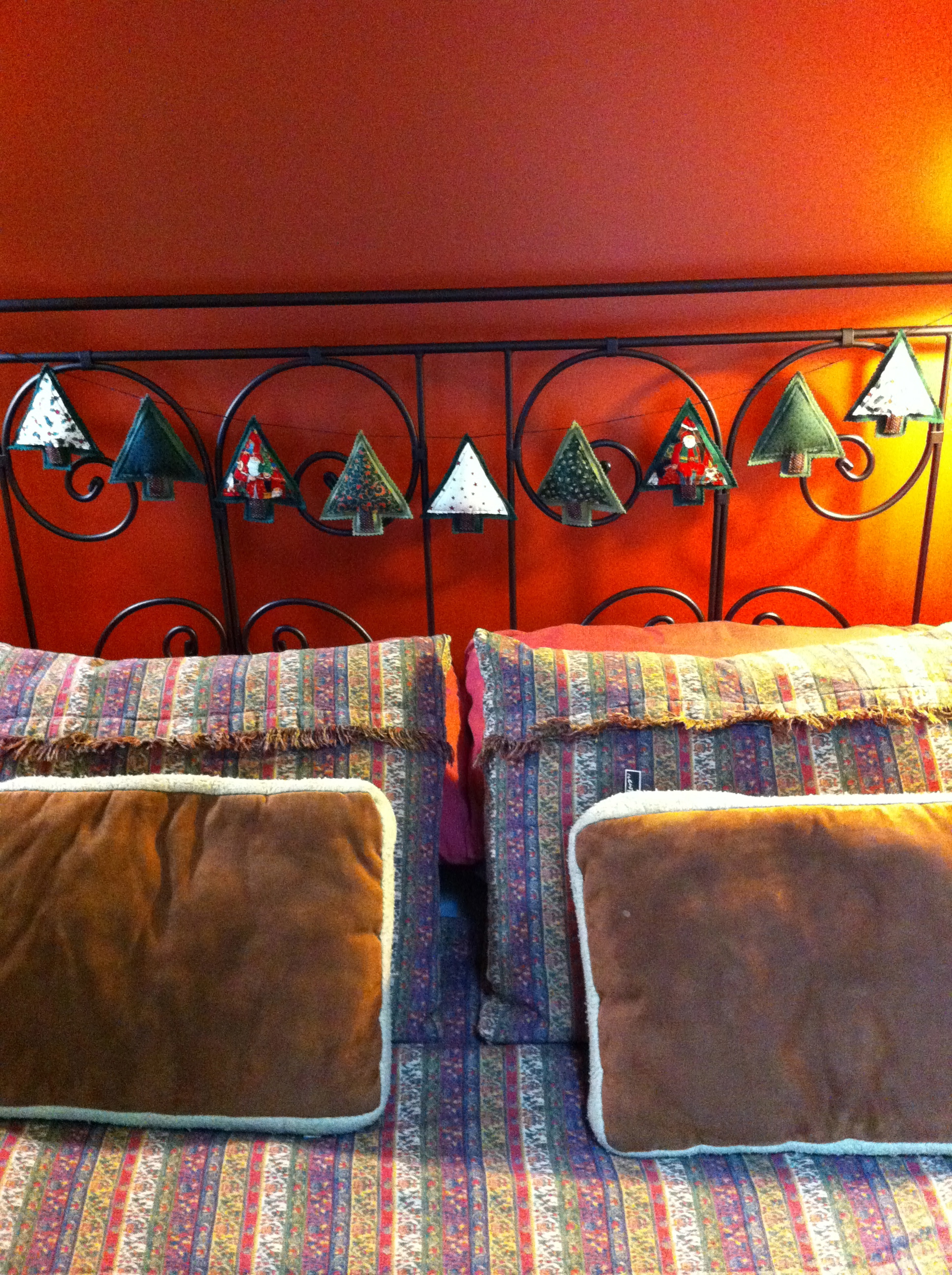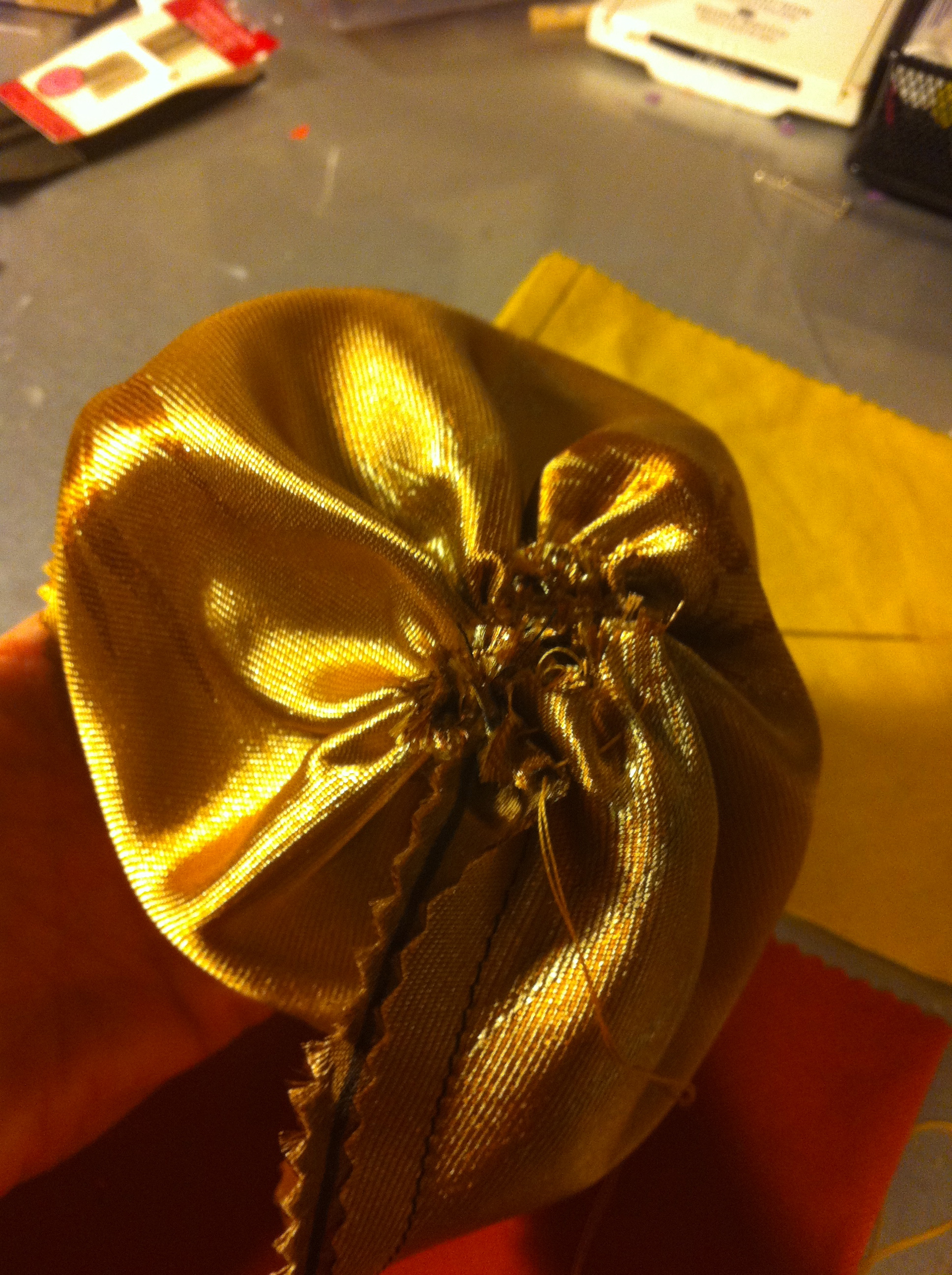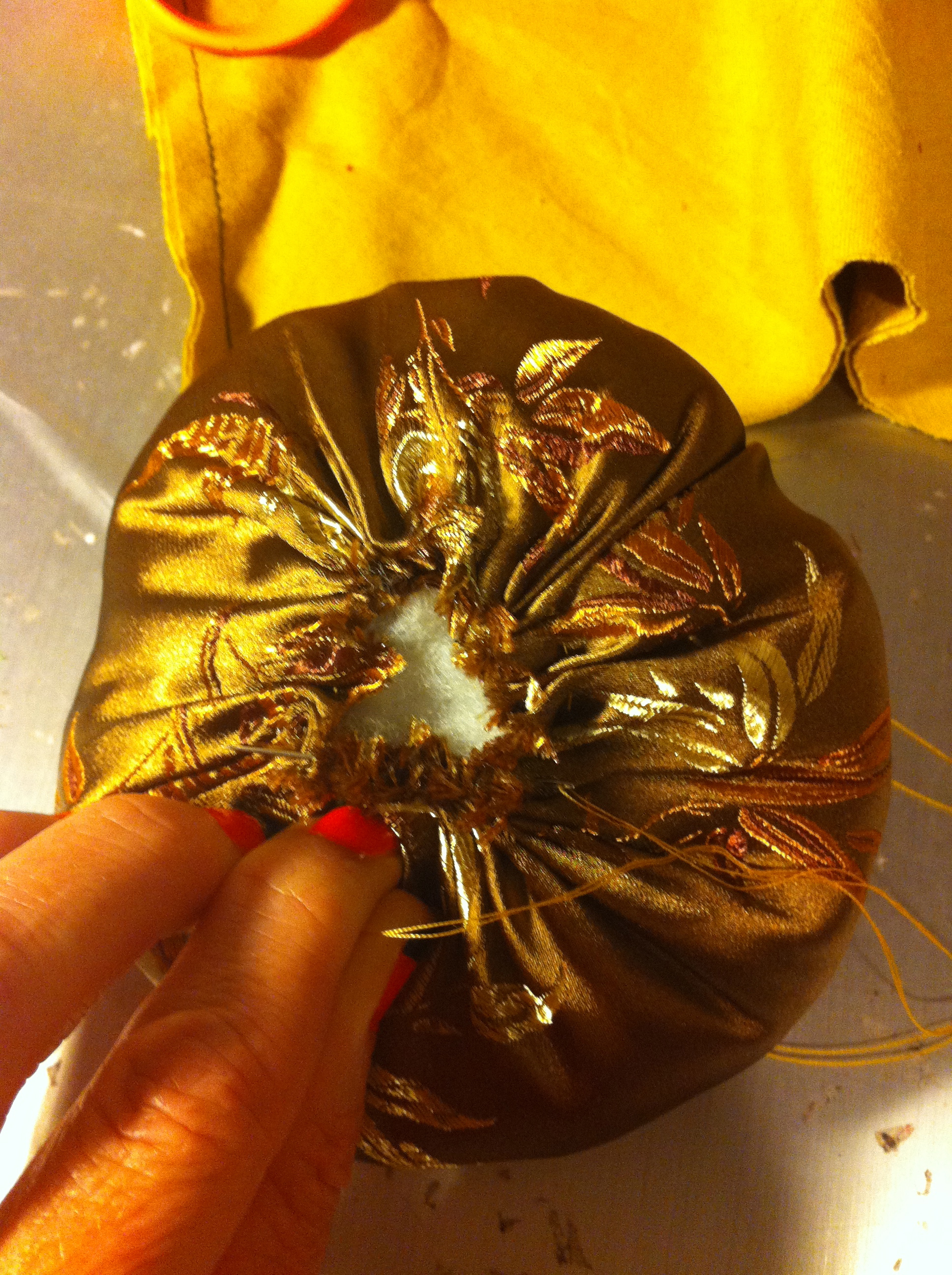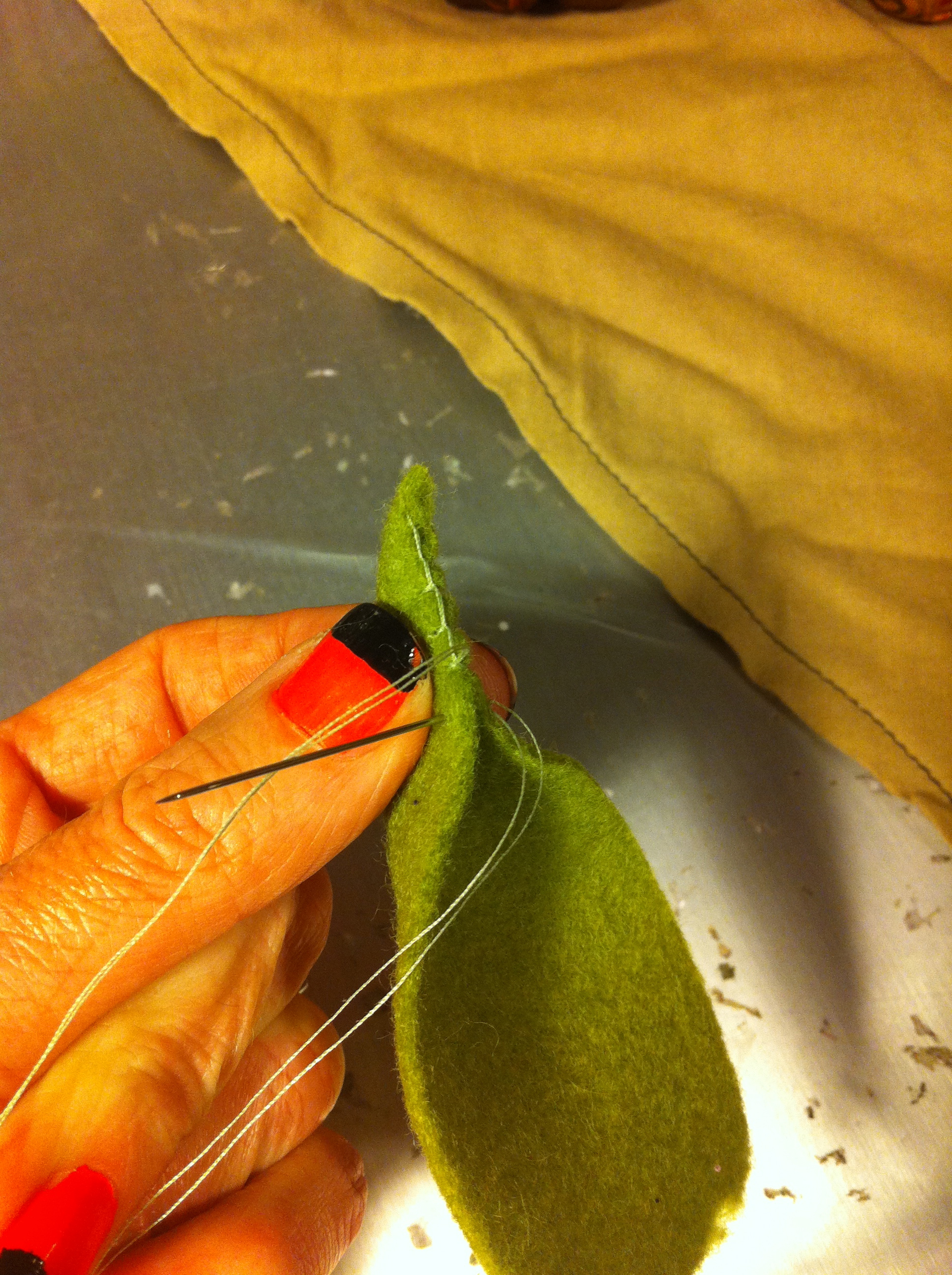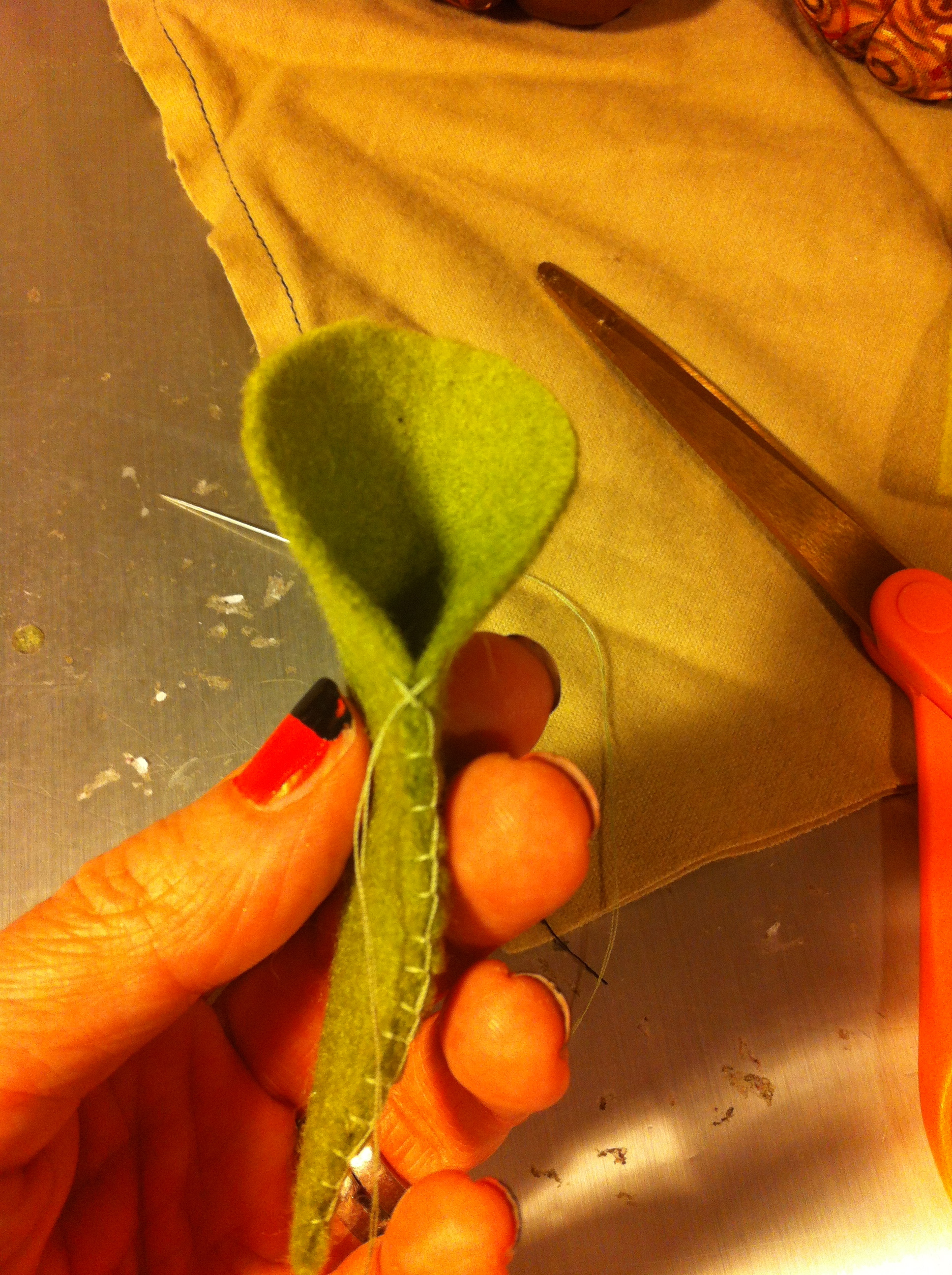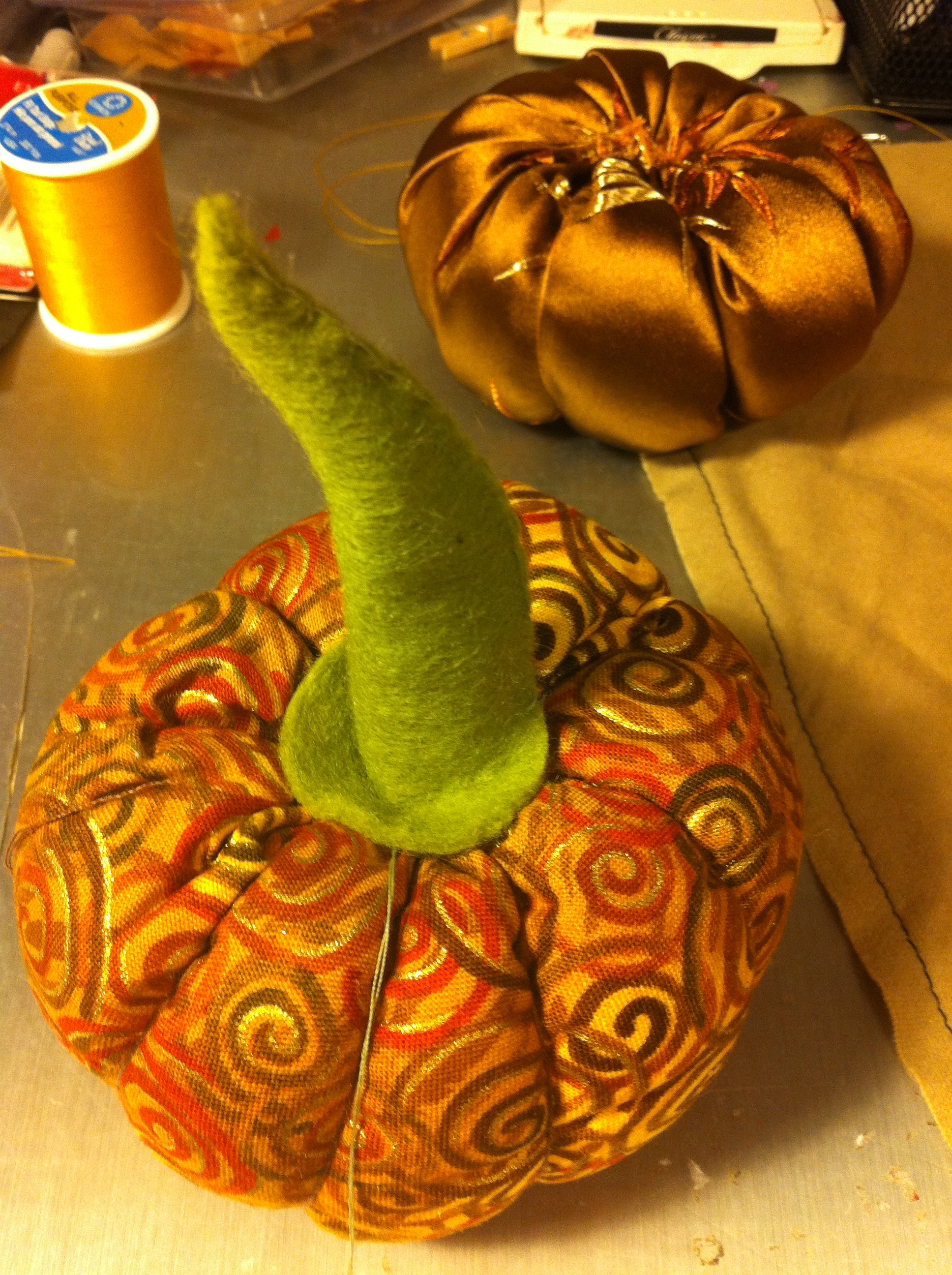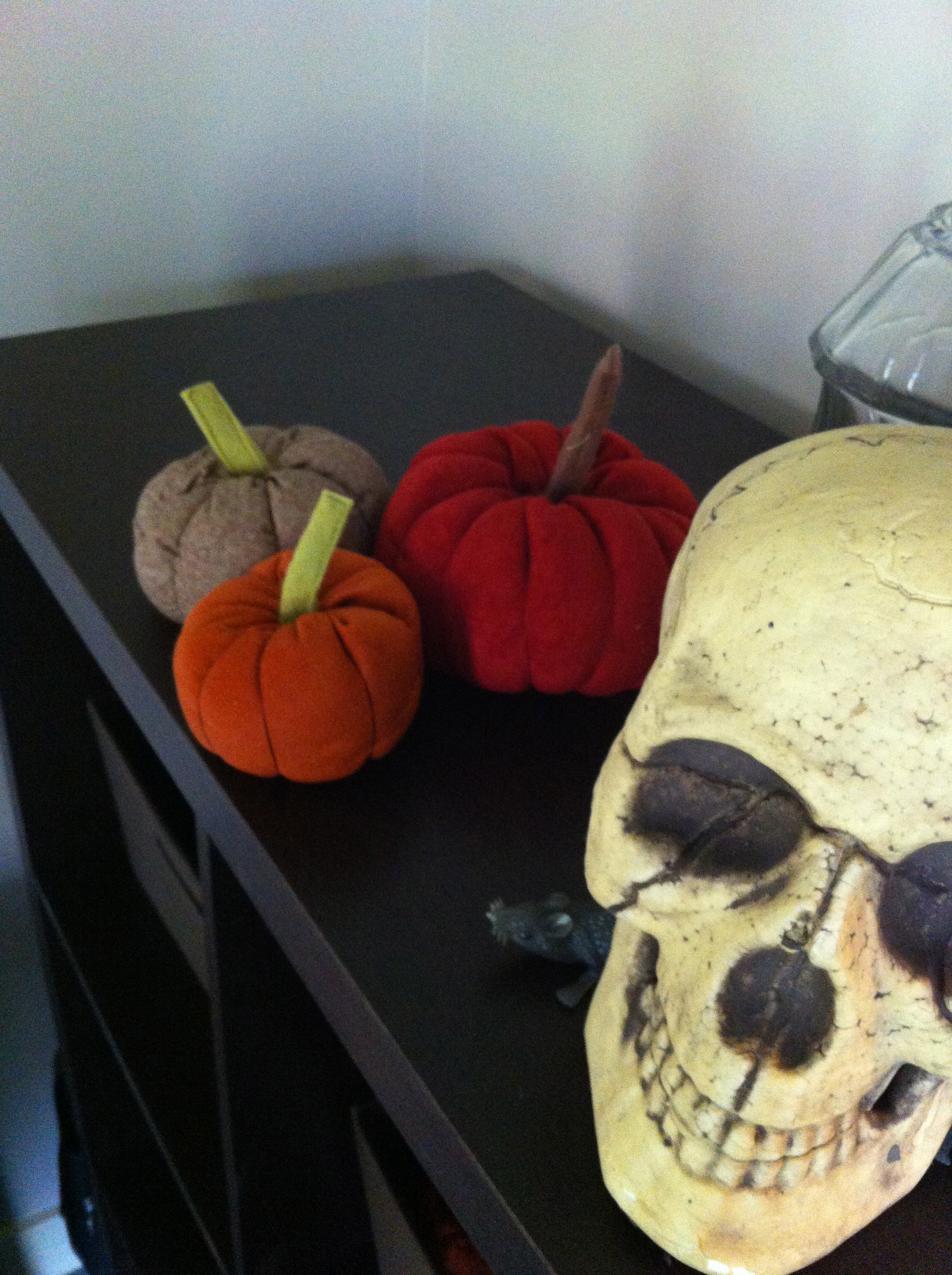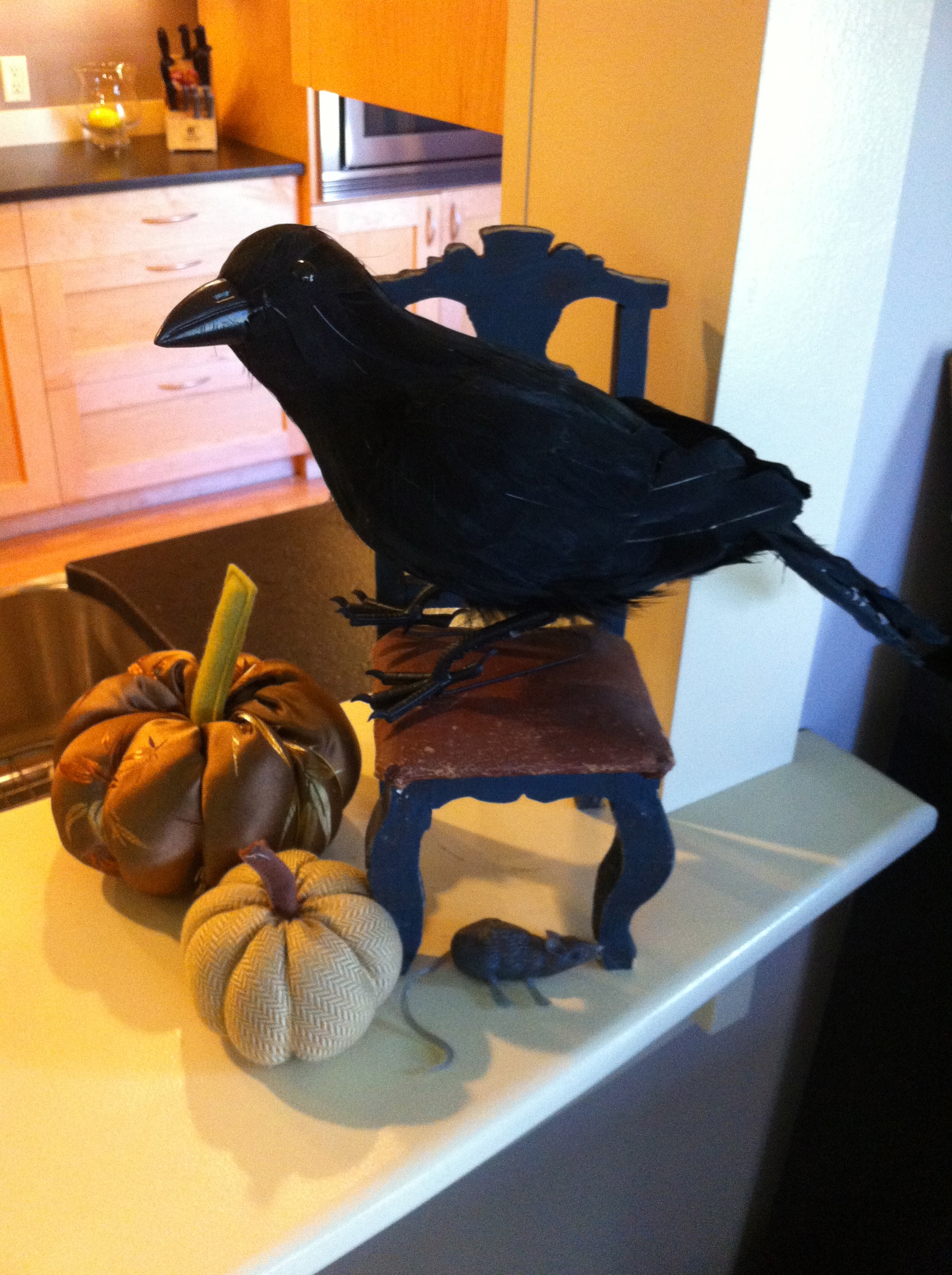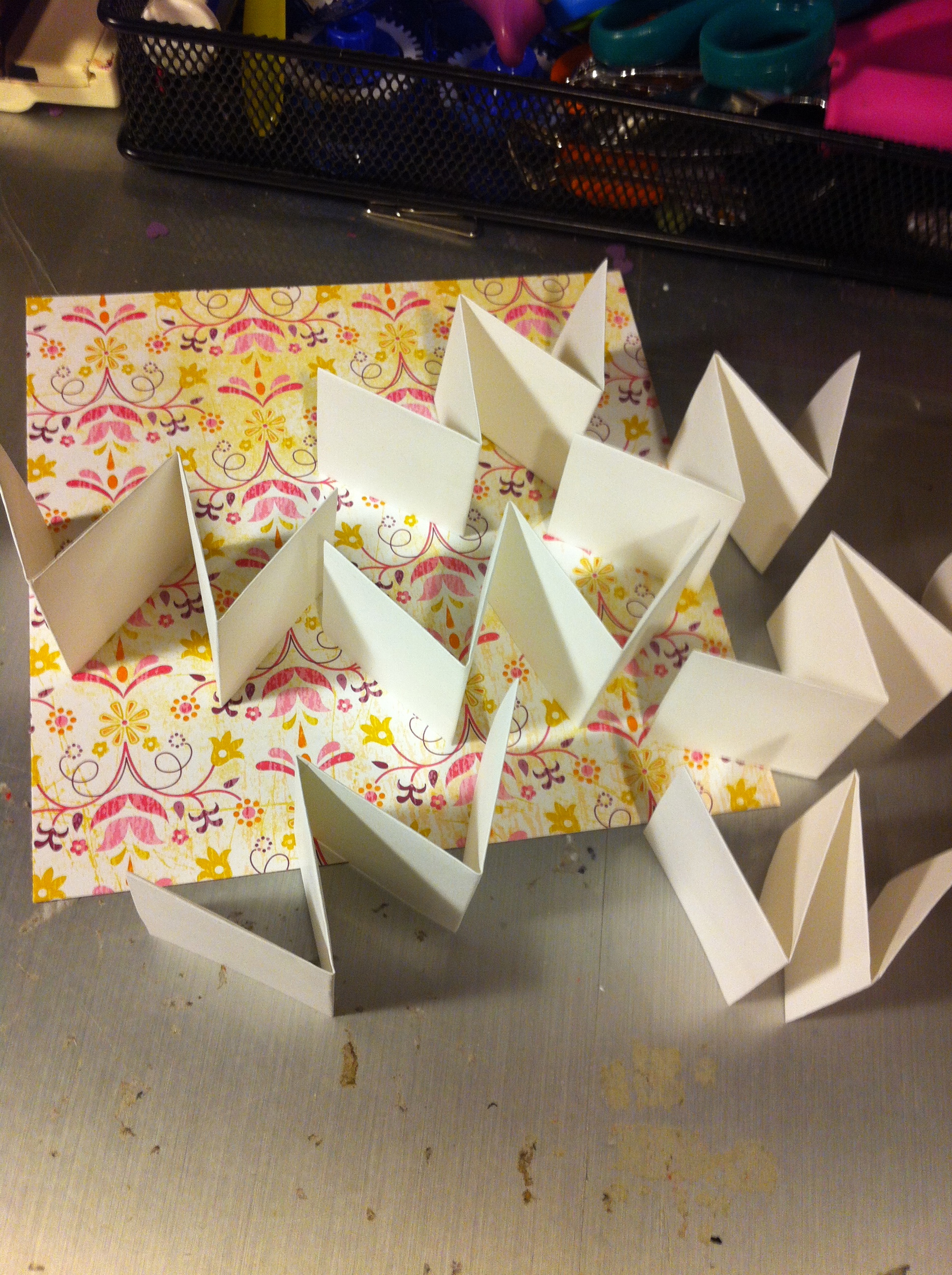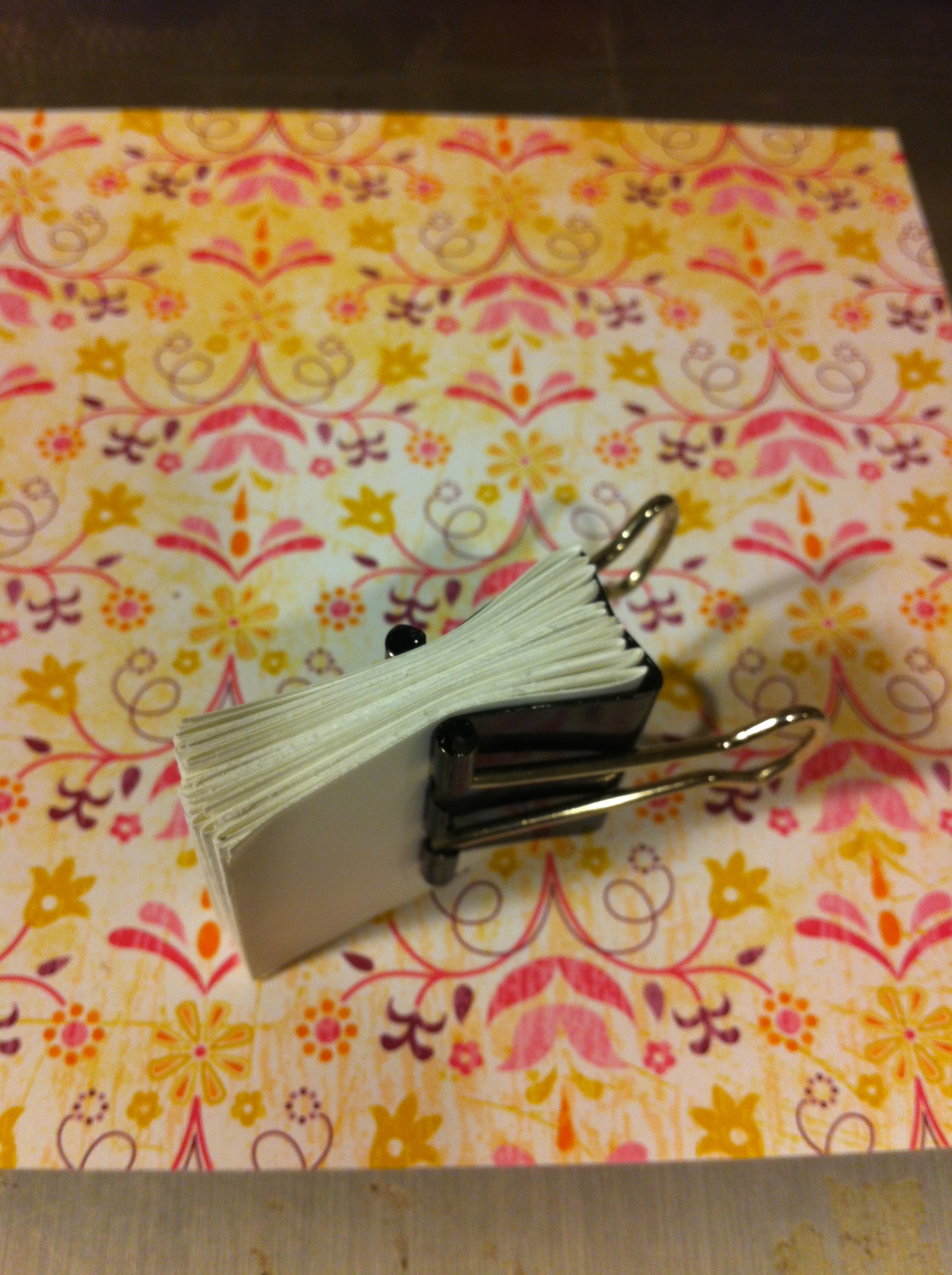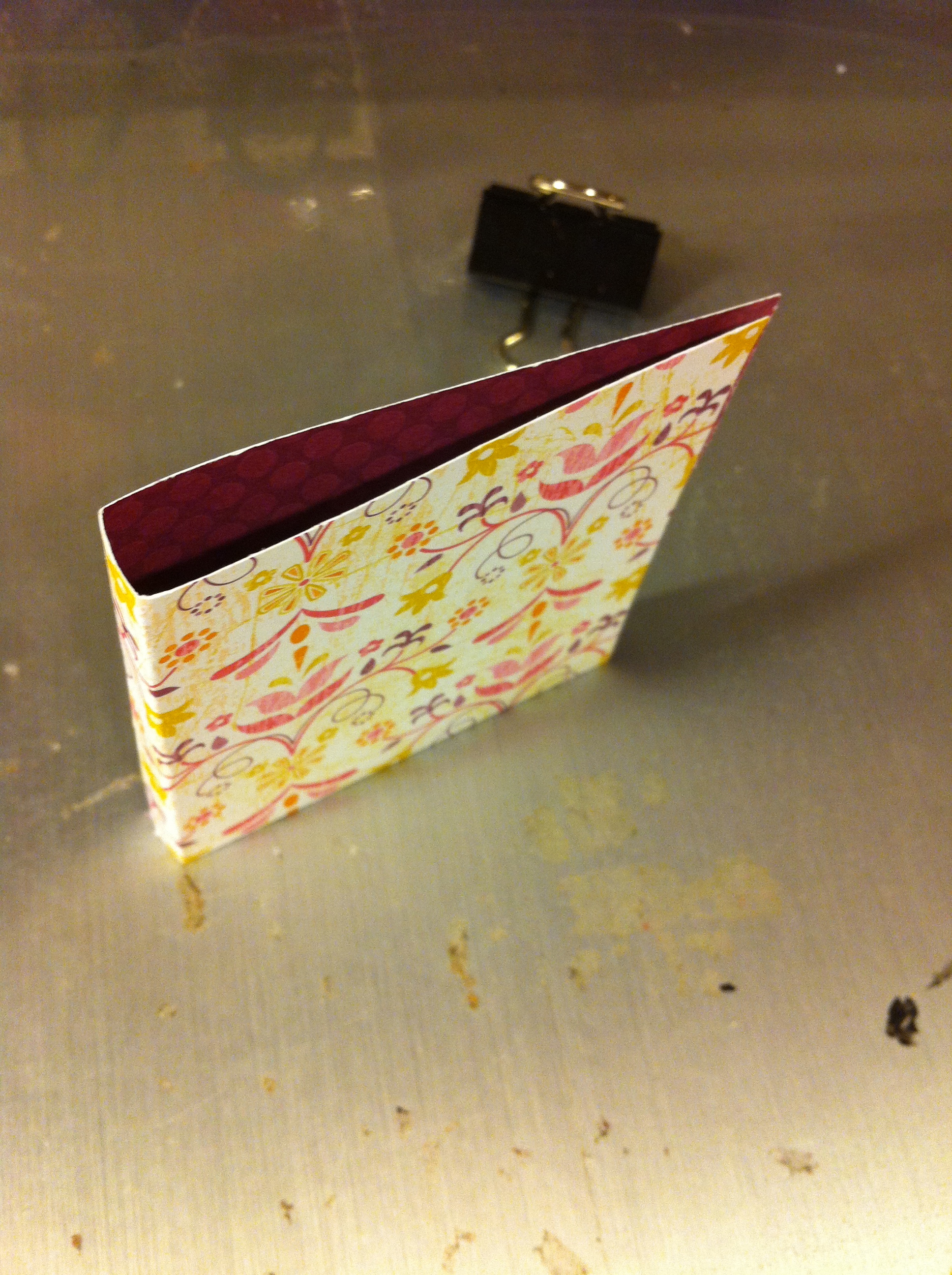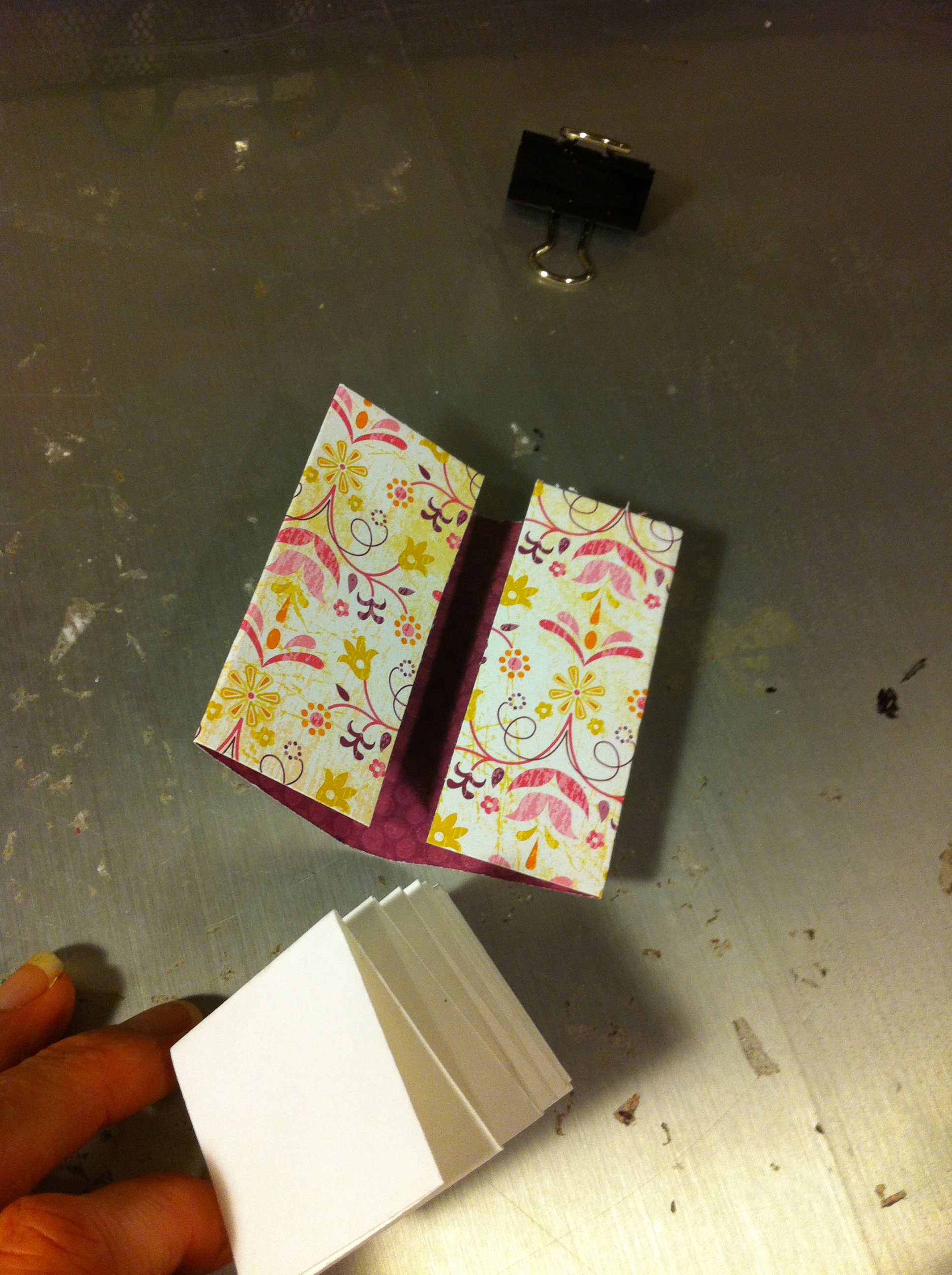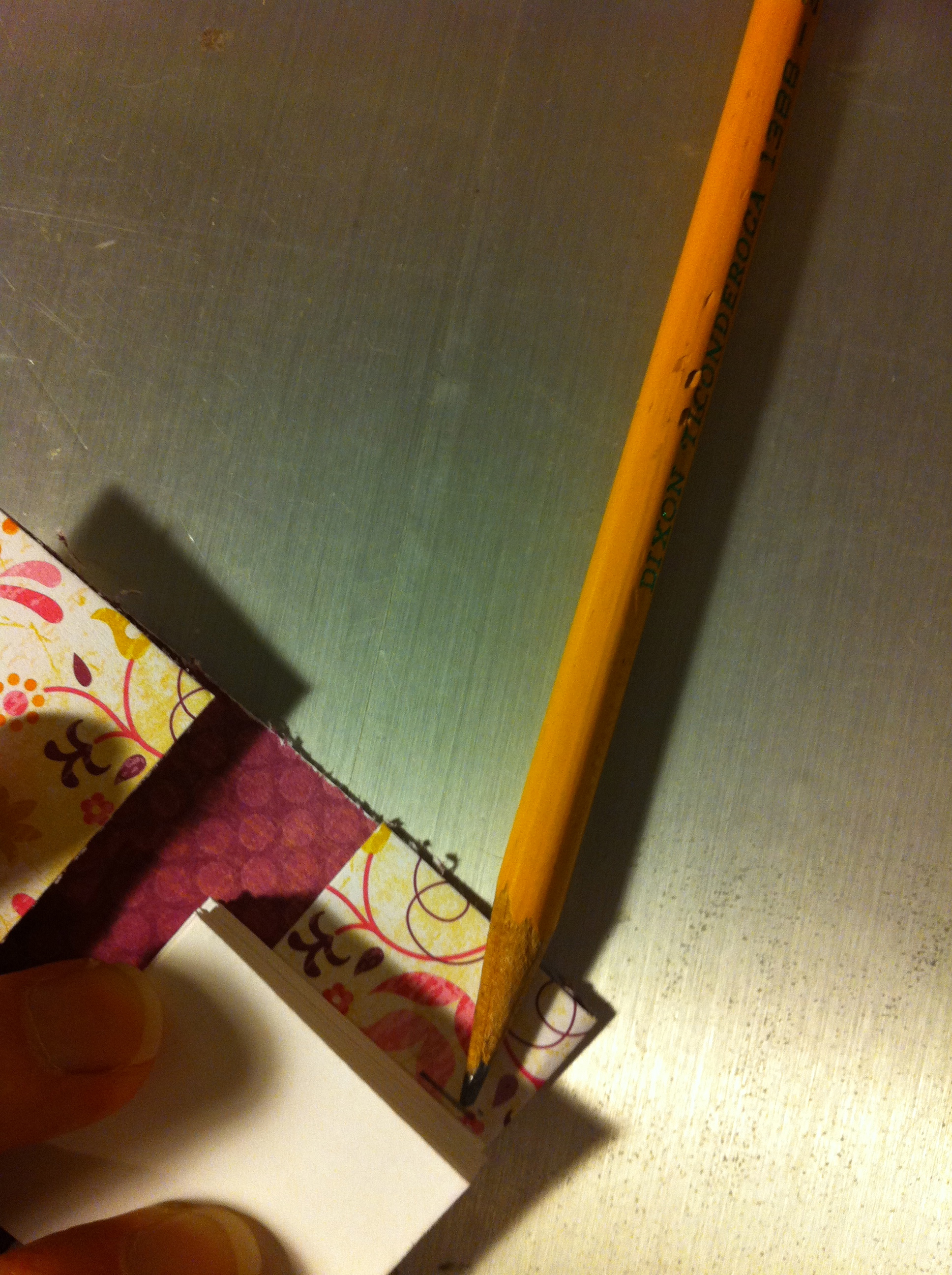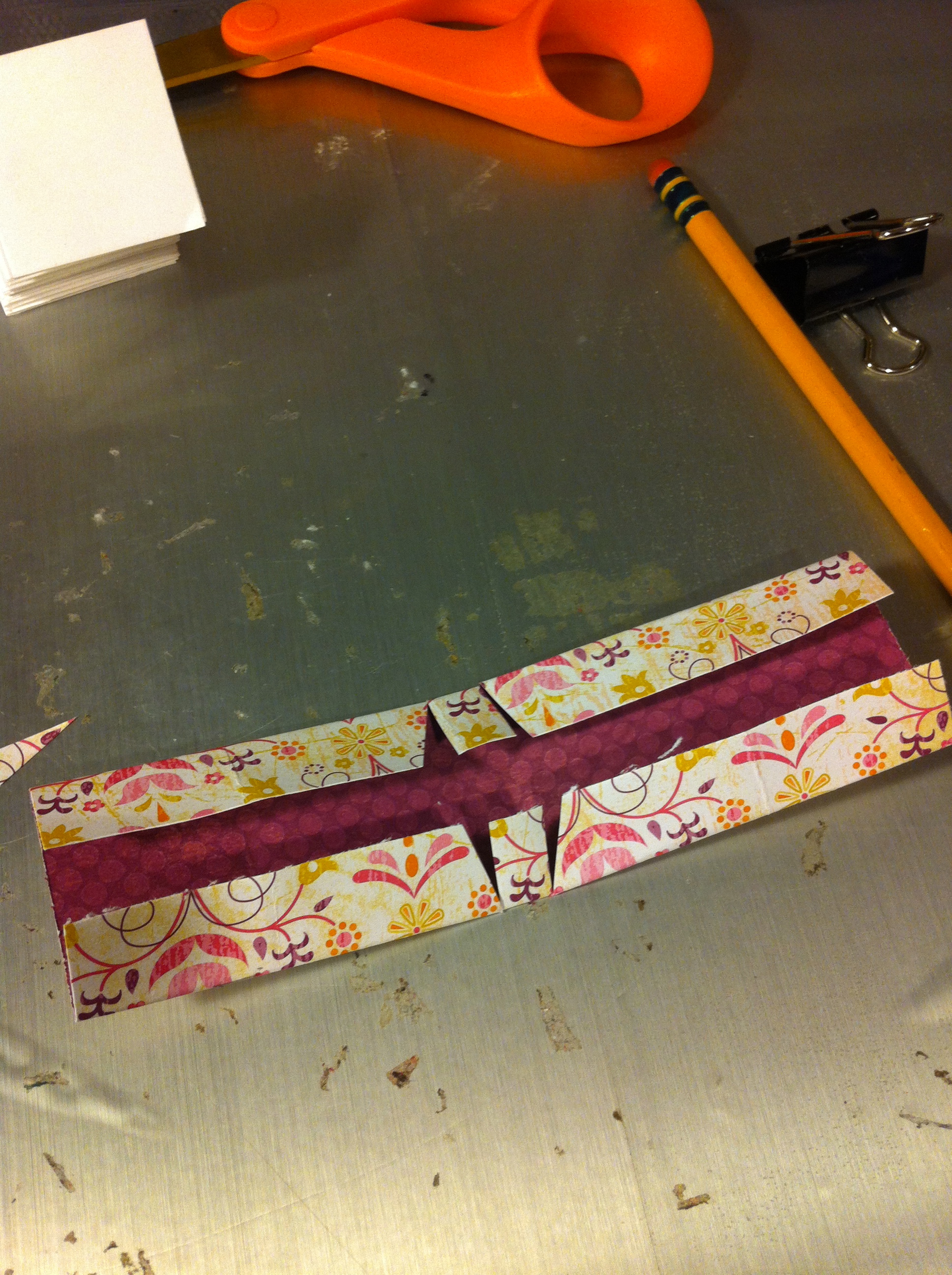Panda and I got into making soap as gifts last year and the hobby has lain fallow since. But now once again, 'tis the season, and we've caught the bug anon.
We're helped this year by this awesome book I found at Michael's, Soapmaking the Natural Way, by Rebecca Ittner. It's not hardcore, true pioneer, ashes-and-lye soapmaking, but apothecary fun of mixing glycerine soap blocks with essential oils and pantry ingredients to create very cool little soaps.
We went through and picked a few to try out, and I had to go in search of a few specialty ingredients, mostly the essential oils and things like kaolin clay or goat's milk powder. Essential oils at the local health food store were the rough equivalent of my monthly phone bill, so I hunted around online and found three sites that between them seemed to have everything we could need at pretty decent bulk prices:
Bramble Berry Soap Making Supplies
I had all three open at the same time, comparison shopping, and in the end went with a few things from Bulk Apothecary and the rest from Essential. After this recon, some soaps we wanted to make got rejected because the cost of their materials was just unjustifiable. Neroli essential oil? It's a mortgage payment, I'm not kidding.
So a few things arrived in the mail on Thursday, we hit the test kitchens and have two soaps for you, one is a brown sugar vanilla clear soap, the other is a two-tone Vanilla Sundae.
Brown Sugar Vanilla
This is very straight forward melt-and-pour, and the additives are not specialized or weird.
- 1 lb clear melt-and-pour glycerine soap (I have been buying my soap blocks at Michael's, they come in a 2-lb package so this was half of it)
- 1 teaspoon vitamin E oil
- 2 teaspoons vanilla essential oil (on which many purists call bullshit, apparently there is no such thing as vanilla essential oil, and what you really get is a real glorified vanilla extract. It certainly looked like vanilla extract and cost about the same so draw your own conclusions)
- 1 1/2 tablespoons brown sugar
- Small spray bottle with alcohol (I found one in a little travel kit I had under the sink for some strange reason)
In a large glass or pyrex measuring cup, melt the glycerine soap in the microwave. Stir in the oils and sugar, and then pour into molds. Spray the tops of the molds with alcohol to remove air bubbles. Let cool and fully harden, then pop out of the molds.
Vanilla Sundae Soap
This soap is a little more labor intensive because it has two layers. But it is gorgeous and smells amazing and really once you have everything set up, it's not a lot of time to make them. I have one at my kitchen sink and the other in my shower. They're really great, lather up nice, and the scent is just divine. And you made them, how cool is that?
White layer:
- 1/2 lb shea butter melt-and-pour soap
- 1 tsp sweet almond oil (this hadn't yet arrived so I used the vitamin E oil)
- 1 tsp vanilla essential oil (cough, extract, cough)
- 1 tablespoon goat's milk powder, dissolved in 1 tablespoon hot water and whisked smooth
Melt soap in microwave in large pyrex measuring cup or bowl. Stir in the oils and the goat's milk. Cover with plastic wrap and set aside while you make the second layer.
Clear layer:
- 1/2 lb clear glycerine melt-and-pour soap
- 2 tsps honey
- 1 tsp cocoa powder
Melt the soap in the microwave, stir in the honey and cocoa powder. A whisk works best to get the cocoa fully incorporated.
Microwave the white layer about 20 seconds to wake it up. Pour into the molds until they are half-full. Spray the surface with alcohol to remove bubbles.
Pour the clear layer into the molds until they are full. With toothpicks, swirl the colors together. Spray the surface again with alcohol. Let the soaps fully cool and harden, then pop out of the molds.



